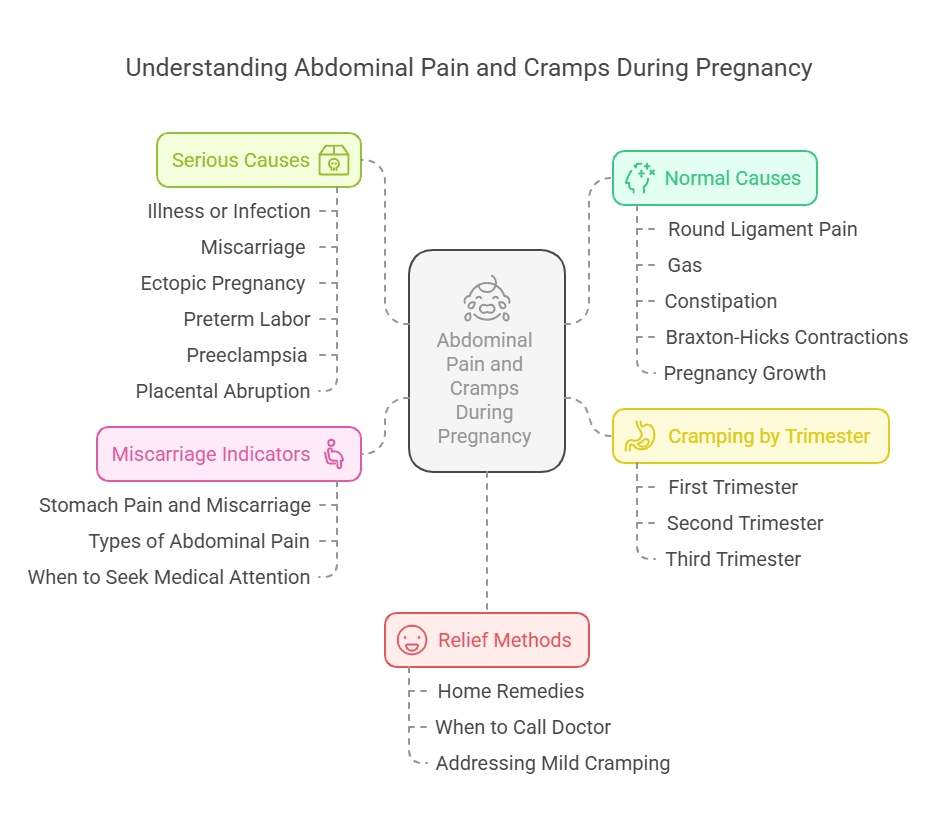
Pregnancy Pains: Understanding Lower Abdominal cramps During Pregnancy
Lower Abdominal Cramps During Pregnancy – Expecting a baby is an exciting journey, though it can bring some discomfort too! For many expectant mothers, lower abdominal cramps can be troubling. While some cramping can be a normal part of pregnancy, it’s important to recognize the difference between usual discomfort and any potential warning signs.
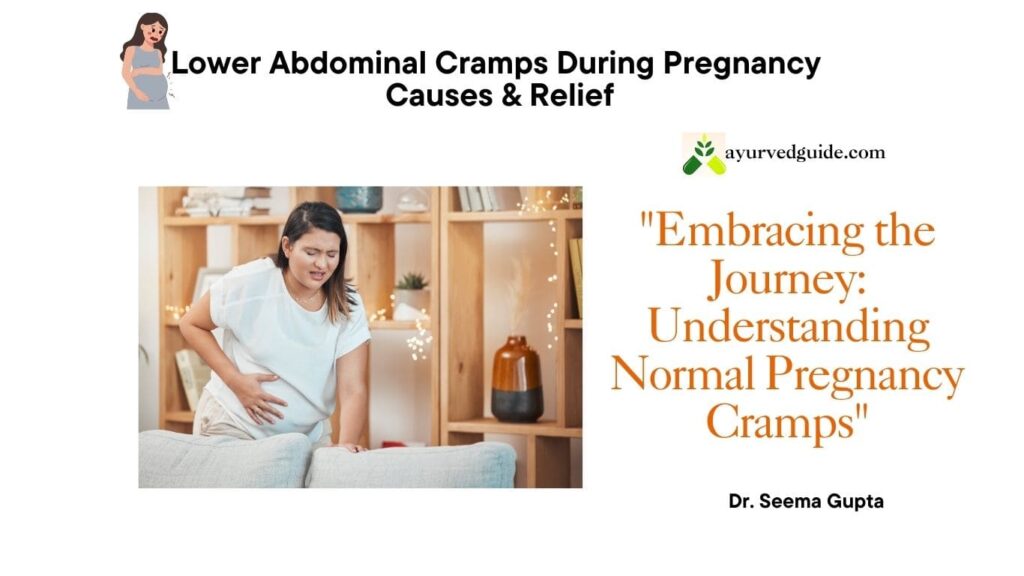
Are you feeling persistent lower belly pain and unsure if it’s something to be concerned about? In this article, we will learn the different reasons for abdominal discomfort during pregnancy, ranging from common, harmless situations to more serious conditions that need immediate attention.
“Learn cramp relief in our Women’s Health Guide.”
Let’s take a look at the connection between stomach pain and miscarriage, and discuss what it could mean if you’re having regular, painful contractions before reaching your 37th week. Continue reading to gain the understanding you need to approach this part of your pregnancy with confidence and peacefully.
Are cramps during pregnancy normal?
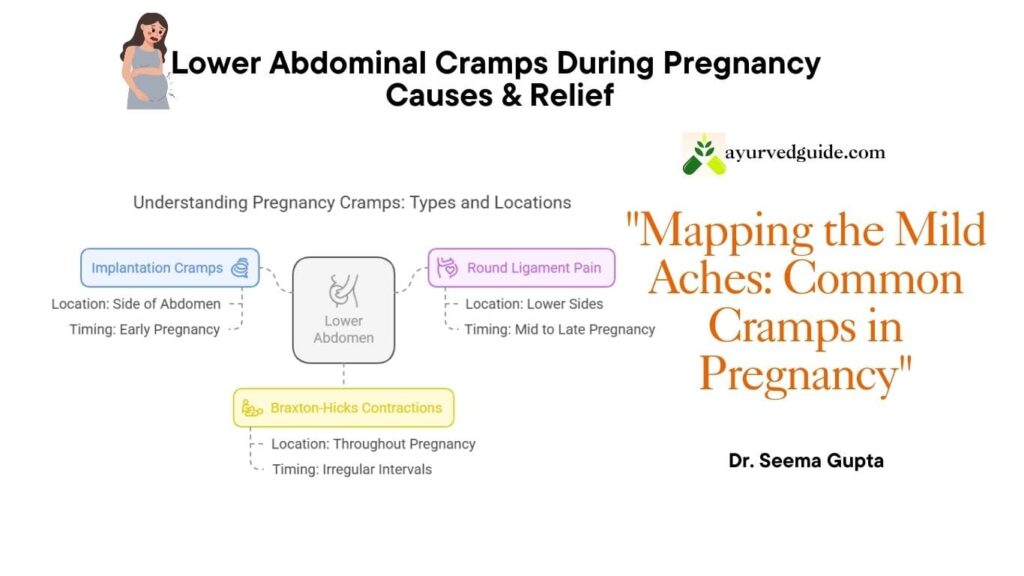
Cramping during pregnancy is a common experience for many women, and in most cases, it’s completely normal. However, it’s essential to understand the different types of cramps and when they might be a cause for concern.
Types of Normal Pregnancy Cramps – Lower Abdominal Cramps During Pregnancy
- Implantation cramps
- Round ligament pain
- Braxton Hicks contractions
- Digestive discomfort
When Cramps Are Considered Normal
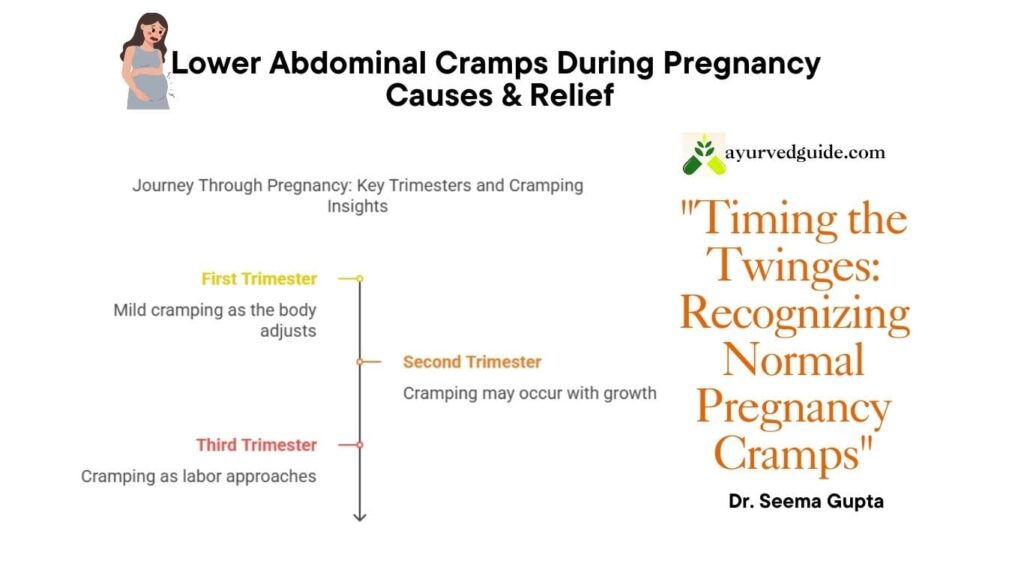
| Trimester | Normal Cramping Characteristics |
|---|---|
| First | Mild, intermittent, similar to menstrual cramps |
| Second | Occasional, often related to round ligament pain |
| Third | Braxton Hicks contractions, practice contractions |
It’s important to keep an eye on cramps, even though they can be quite normal. Just be aware of how intense they are, how long they last, and if any other symptoms come along with them. It’s usually nothing to be concerned about if you’re experiencing mild to moderate cramps that come and go. If you’re experiencing severe, persistent pain or cramps along with bleeding, fever, or any unusual discharge, it’s really important to reach out to your healthcare provider right away.
Understand Progesterone Soft Gelatin Capsules Uses for Pregnancy
Keep in mind that every pregnancy is special, and what feels normal for one woman might be different for another. It’s important to trust your instincts, and if you have any worries about abdominal discomfort during your pregnancy, don’t hesitate to contact your doctor.
Causes of Abdominal Pain During Pregnancy
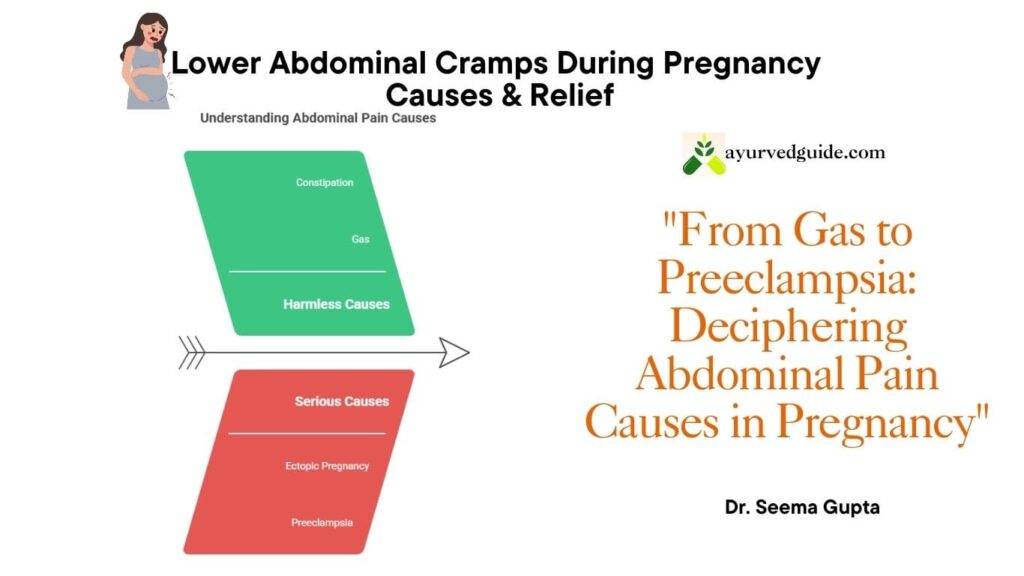
What are some common causes of low belly pain when pregnant? Harmless stomach pains in pregnancy
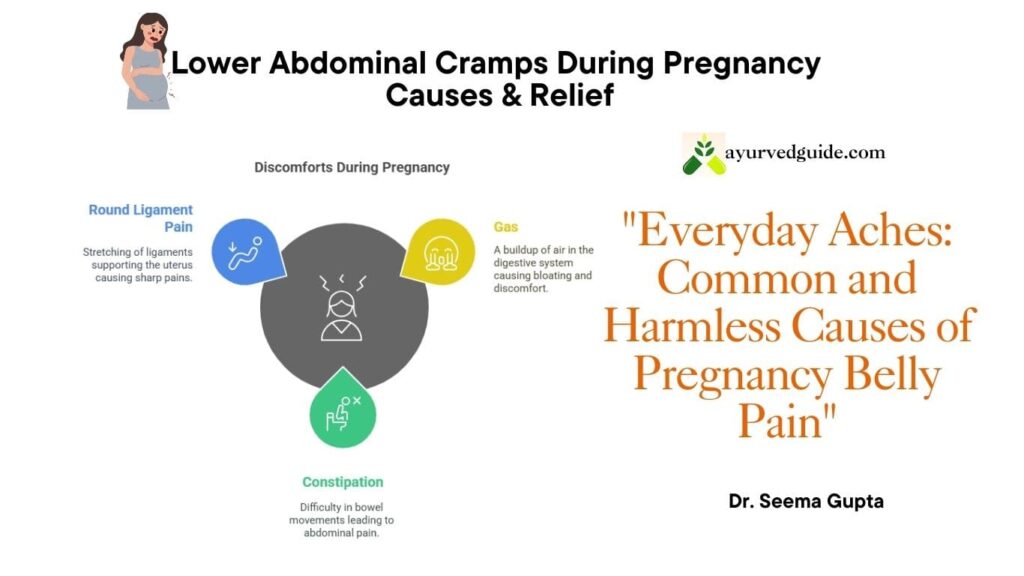
Round ligament pain
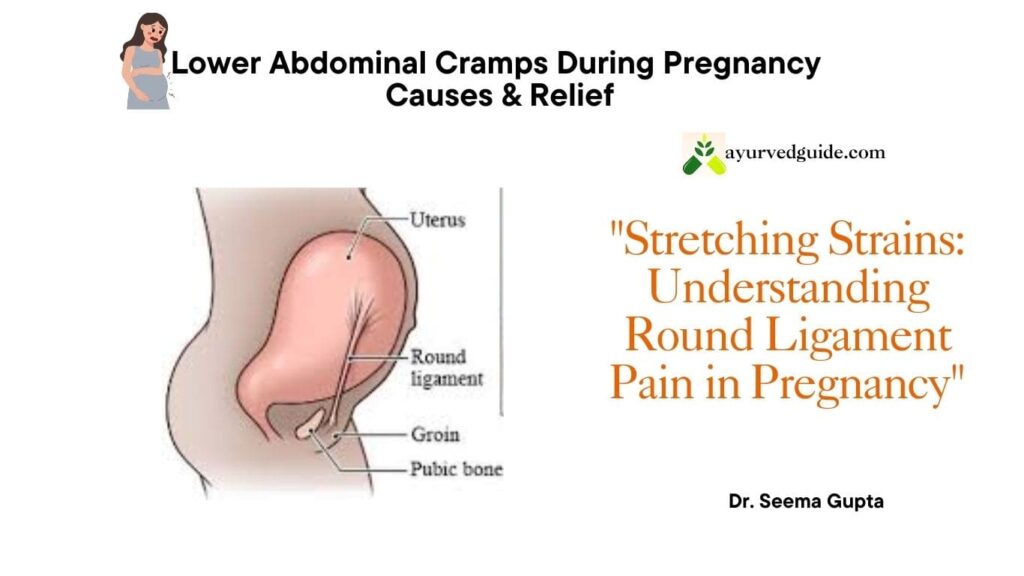
Round ligament pain is a common cause of lower abdominal discomfort during pregnancy. As the uterus expands, the ligaments supporting it stretch, causing sharp or dull aches in the lower abdomen or groin area. This pain typically occurs in the second trimester and can be more noticeable during sudden movements or changes in position.
| Characteristic | Description |
|---|---|
| Timing | Usually occurs in the second trimester |
| Location | Lower abdomen or groin area |
| Sensation | Sharp or dull aches |
| Triggers | Sudden movements, changes in position |
To alleviate round ligament pain:
- Move slowly when changing positions
- Support the abdomen when coughing or sneezing
- Engage in gentle stretching exercises
- Use a maternity support belt
Gas
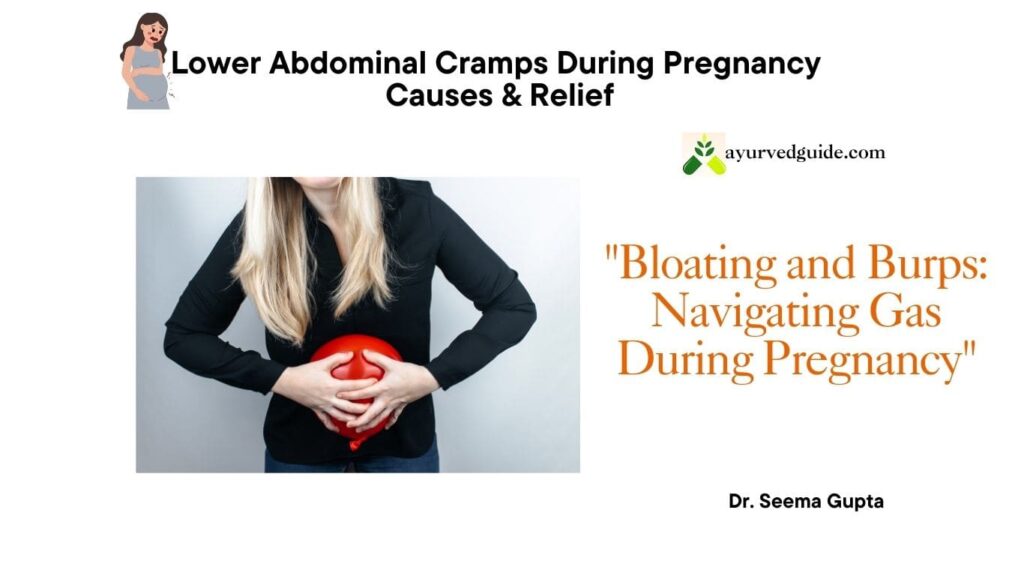
Hormonal changes during pregnancy can slow down digestion, leading to increased gas production and discomfort in the lower abdomen. This common issue can cause bloating, cramping, and sharp pains.
To reduce gas-related discomfort:
- Eat smaller, more frequent meals
- Avoid gas-producing foods like beans and carbonated drinks
- Stay hydrated
- Engage in light physical activity
Constipation
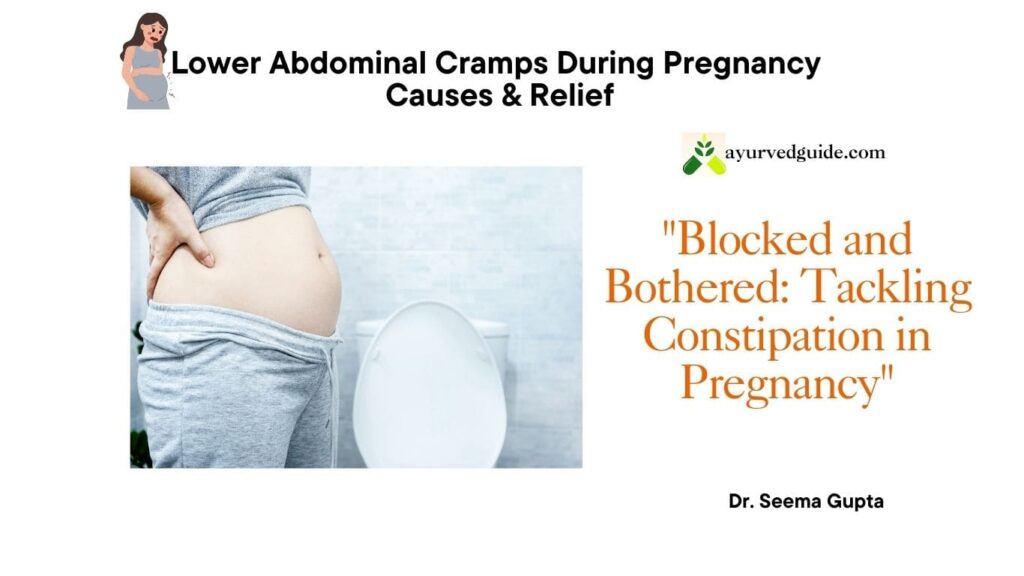
Pregnancy hormones can also slow down bowel movements, leading to constipation and associated lower abdominal pain. This discomfort is often accompanied by bloating and difficulty passing stools.
To manage constipation:
- Increase fiber intake through fruits, vegetables, and whole grains
- Drink plenty of water
- Exercise regularly
- Consider safe, pregnancy-approved stool softeners after consulting with a healthcare provider
Braxton-Hicks contractions
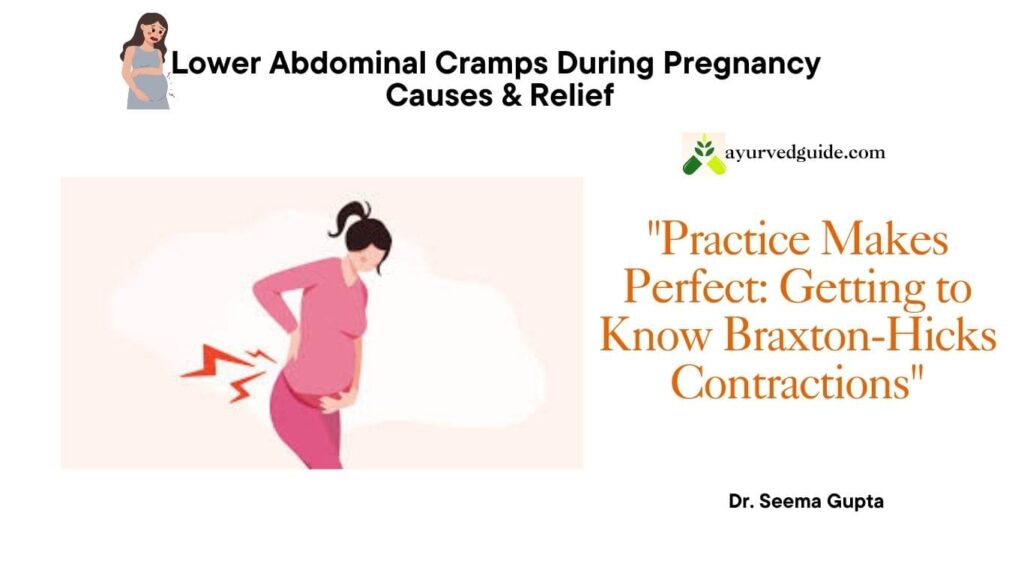
Also known as “false labor,” Braxton-Hicks contractions are intermittent uterine contractions that can cause discomfort in the lower abdomen. These contractions are typically irregular, mild, and do not increase in intensity or frequency.
| Braxton-Hicks | True Labor |
|---|---|
| Irregular timing | Regular intervals |
| Do not increase in intensity | Progressively stronger |
| Often subside with movement or position change | Persist regardless of activity |
To manage Braxton-Hicks contractions:
- Change positions
- Stay hydrated
- Practice relaxation techniques
Pregnancy Growth – Lower Abdominal Cramps During Pregnancy
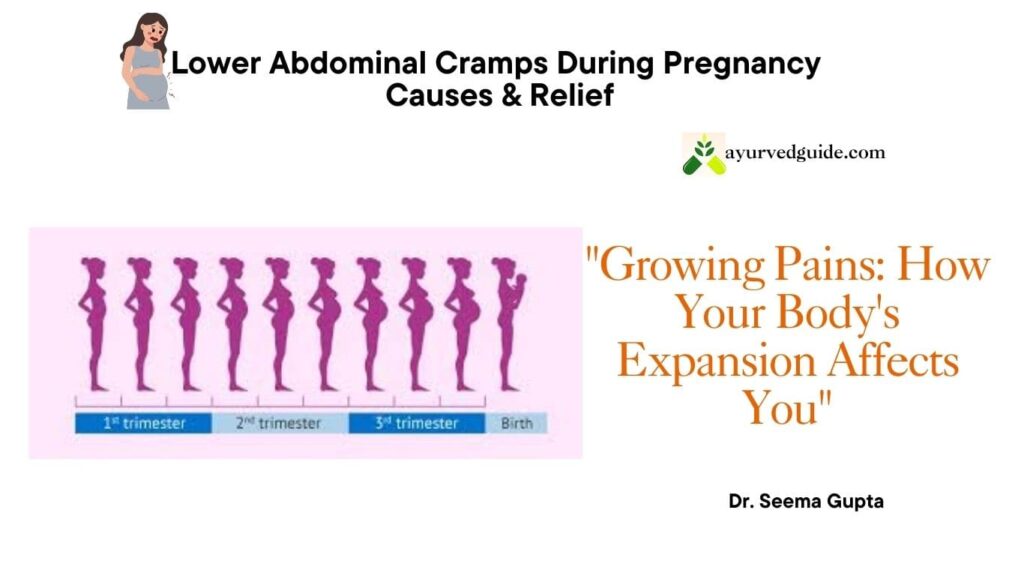
As the pregnancy progresses, the growing uterus can put pressure on surrounding organs and muscles, causing discomfort in the lower abdomen. This is particularly noticeable in the third trimester as the baby grows and descends into the pelvis.
To alleviate discomfort from pregnancy growth:
- Practice good posture
- Use a pregnancy pillow for support while sleeping
- Engage in prenatal yoga or gentle stretching
- Wear comfortable, supportive clothing
While these common causes of lower abdominal pain during pregnancy are generally not cause for concern, it’s essential to monitor symptoms and consult with a healthcare provider if pain becomes severe, persistent, or accompanied by other worrying symptoms.
What are some more serious causes of low belly pain when pregnant? Stomach pains that may be caused by something serious
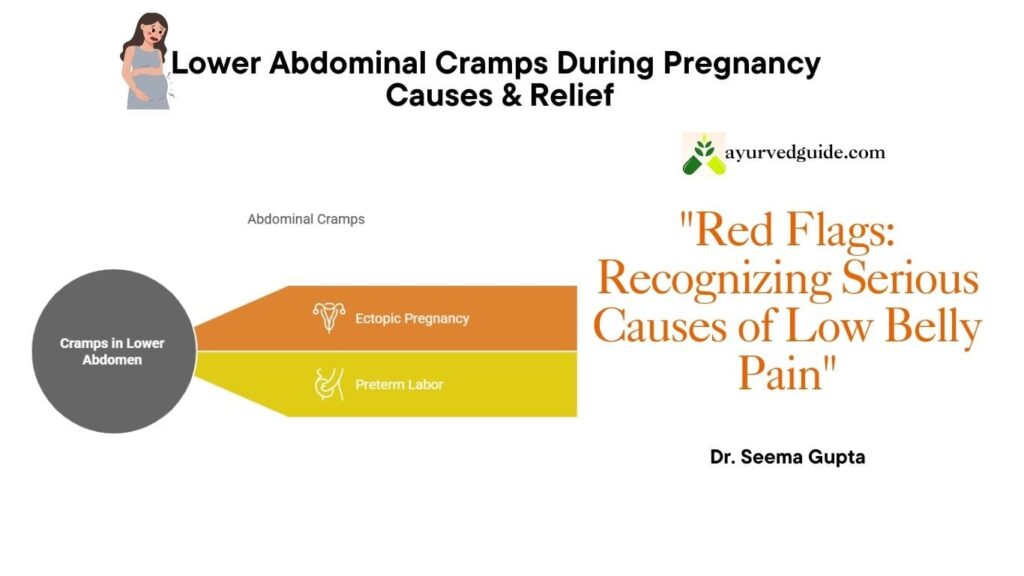
While most lower abdominal cramps during pregnancy are harmless, some can indicate more serious conditions that require immediate medical attention. Let’s explore these potential causes and their symptoms.
A. Illness or Infection
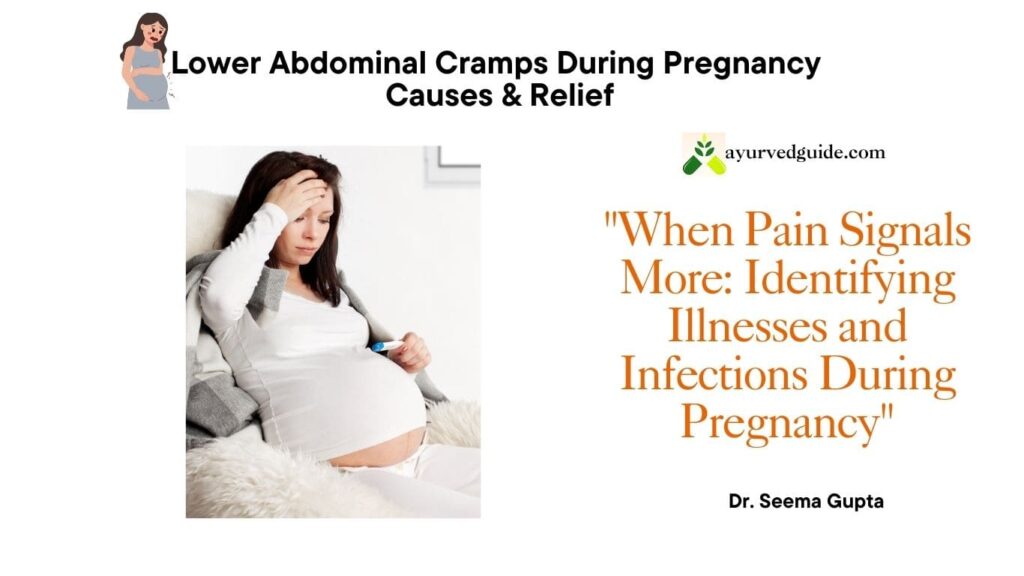
Certain illnesses or infections can cause significant abdominal pain during pregnancy:
- Urinary Tract Infections (UTIs)
- Appendicitis
- Gastroenteritis
These conditions often present with additional symptoms such as fever, nausea, or changes in urination. Prompt medical attention is crucial to prevent complications for both mother and baby.
B. Miscarriage
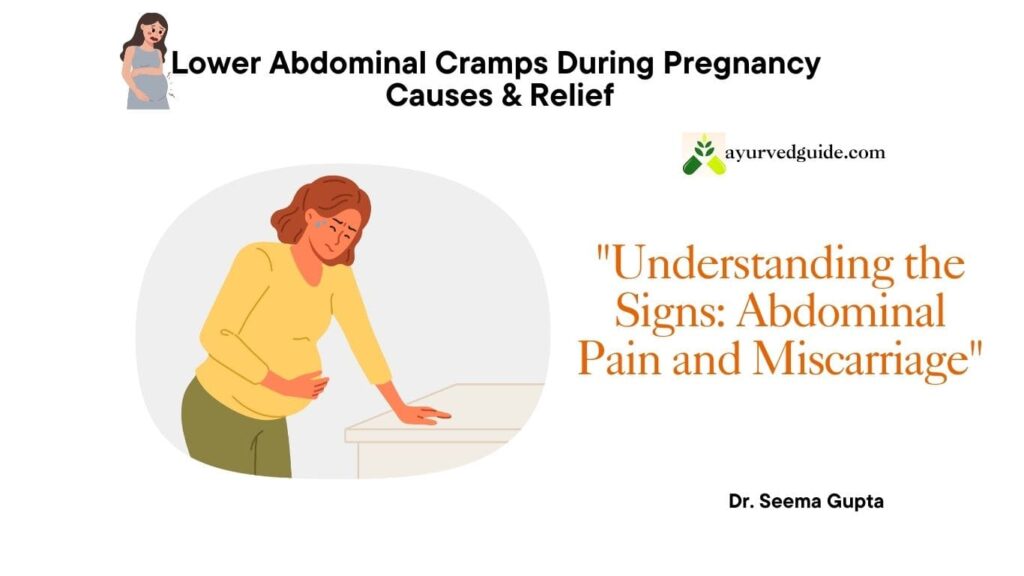
Miscarriage, especially in the first trimester, can cause lower abdominal pain. Other signs include:
- Vaginal bleeding or spotting
- Passing of tissue or clots
- Cramping similar to menstrual cramps
It’s important to note that not all bleeding during pregnancy indicates miscarriage, but it should always be evaluated by a healthcare provider.
C. Ectopic Pregnancy
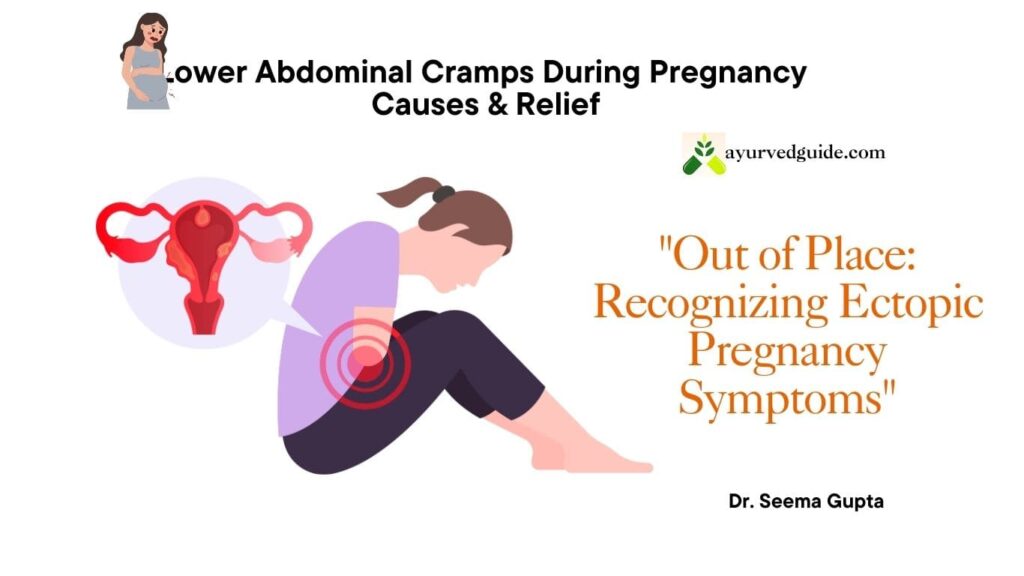
An ectopic pregnancy occurs when a fertilized egg implants outside the uterus, usually in the fallopian tube. Symptoms include:
- Sharp, stabbing pain in the lower abdomen or pelvis
- Vaginal bleeding
- Dizziness or fainting
Ectopic pregnancies are medical emergencies and require immediate treatment.
D. Preterm Labor
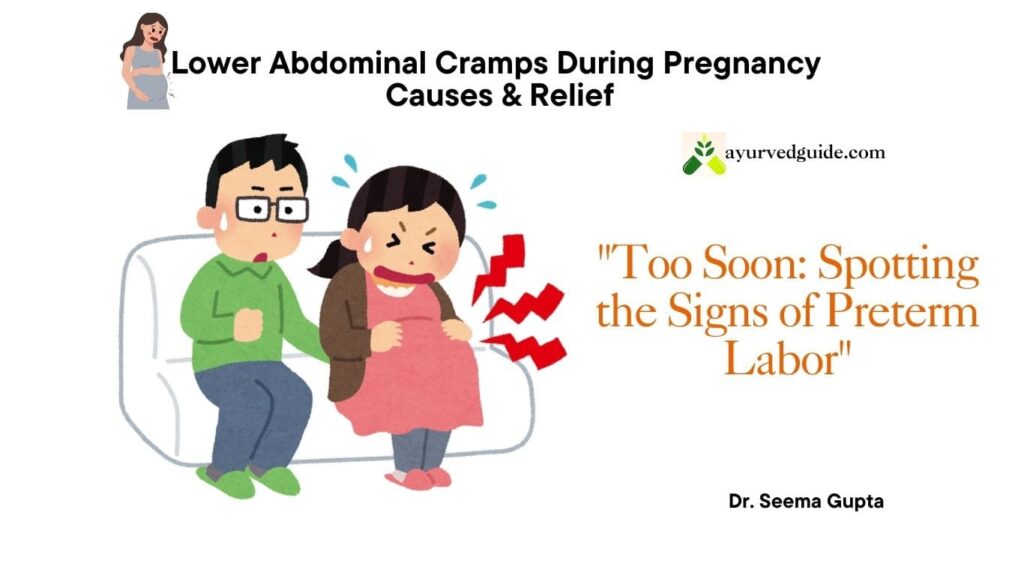
Preterm labor, occurring before 37 weeks of pregnancy, can cause lower abdominal pain. Other signs include:
- Regular contractions
- Lower back pain
- Pelvic pressure
- Changes in vaginal discharge
Early detection and management of preterm labor are crucial for improving outcomes.
E. Pre-eclampsia – Lower Abdominal Cramps During Pregnancy
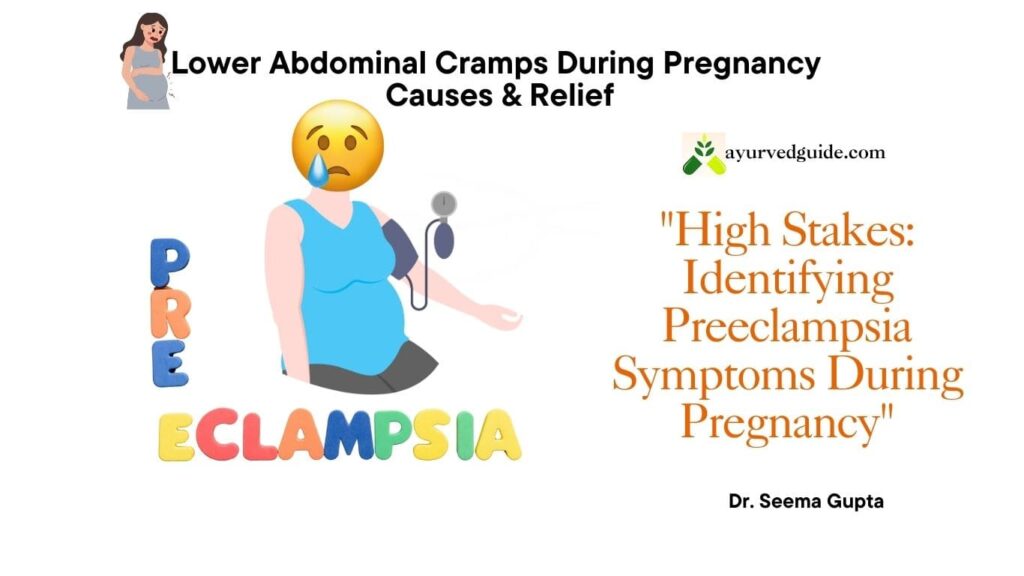
Preeclampsia, a condition characterized by high blood pressure during pregnancy, can cause upper abdominal pain, but may also present with lower abdominal discomfort. Other symptoms include:
- Severe headaches
- Vision changes
- Swelling in hands and face
Regular prenatal check-ups help monitor for signs of preeclampsia.
How Much Bleeding Is Normal in Early Pregnancy?
F. Placental Abruption
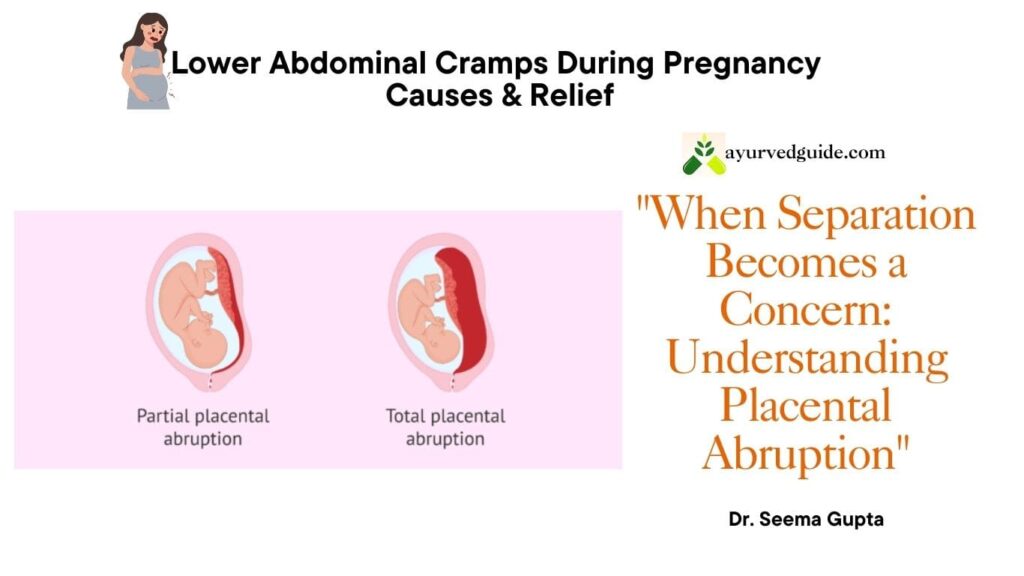
Placental abruption, where the placenta separates from the uterine wall before delivery, can cause severe abdominal pain. Additional symptoms include:
- Vaginal bleeding
- Uterine tenderness
- Back pain
This condition requires immediate medical attention.
Here’s a comparison of these serious causes of lower abdominal pain during pregnancy:
| Condition | Main Symptoms | Additional Signs | Urgency |
|---|---|---|---|
| Illness/Infection | Abdominal pain, fever | Nausea, urination changes | Urgent |
| Miscarriage | Cramping, bleeding | Passing tissue/clots | Immediate |
| Ectopic Pregnancy | Sharp pain, bleeding | Dizziness, fainting | Emergency |
| Preterm Labor | Contractions, pelvic pressure | Back pain, discharge changes | Immediate |
| Preeclampsia | Upper/lower abdominal pain | High blood pressure, headaches | Urgent |
| Placental Abruption | Severe pain, bleeding | Uterine tenderness | Emergency |
While these conditions are serious, it’s important to remember that most cases of lower abdominal pain during pregnancy are not severe. However, any persistent or concerning pain should be evaluated by a healthcare provider to ensure the well-being of both mother and baby. Regular prenatal care plays a crucial role in monitoring pregnancy progress and detecting potential complications early.
More About Abdominal Cramps During Pregnancy
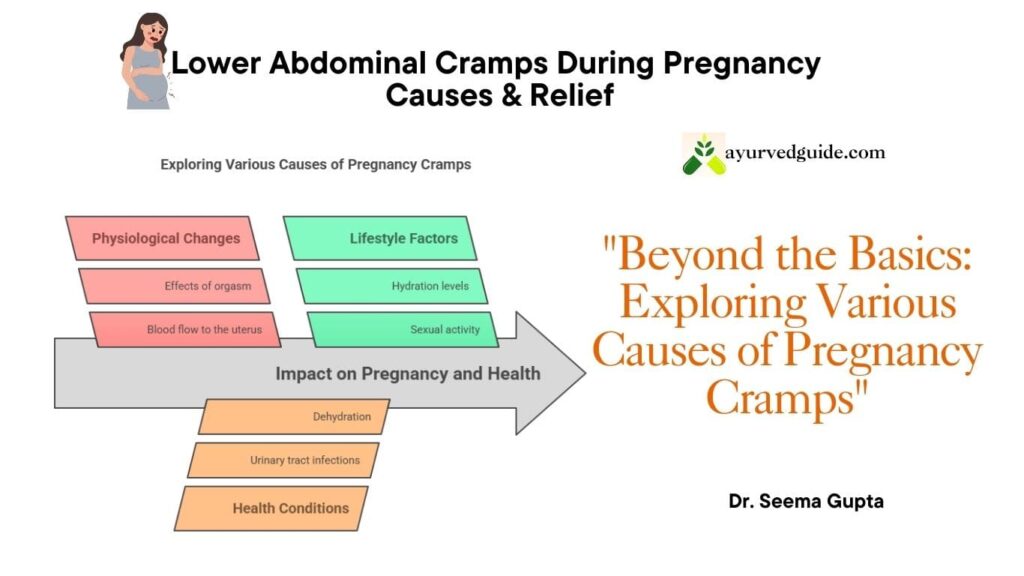
A. Cramps after orgasm
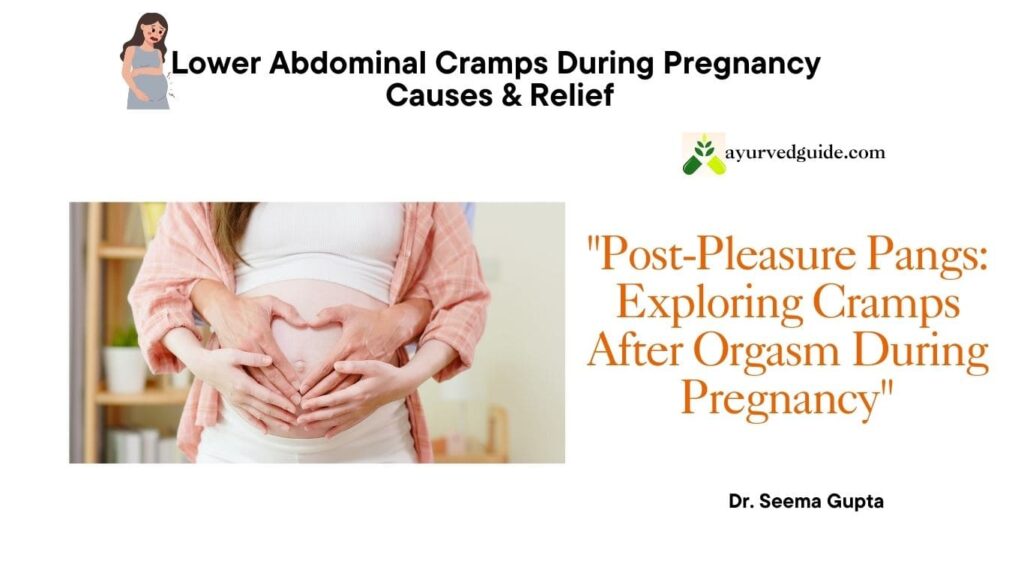
During pregnancy, some women may experience cramps after orgasm. This is generally harmless and occurs due to the contraction of uterine muscles during sexual activity. These contractions can feel more intense during pregnancy due to increased blood flow to the pelvic area.
| Causes | Duration | Severity |
|---|---|---|
| Uterine contractions | 30 minutes to 1 hour | Mild to moderate |
| Increased blood flow | 15-30 minutes | Mild |
| Heightened sensitivity | Varies | Mild |
B. Blood flow to the uterus – Lower Abdominal Cramps During Pregnancy
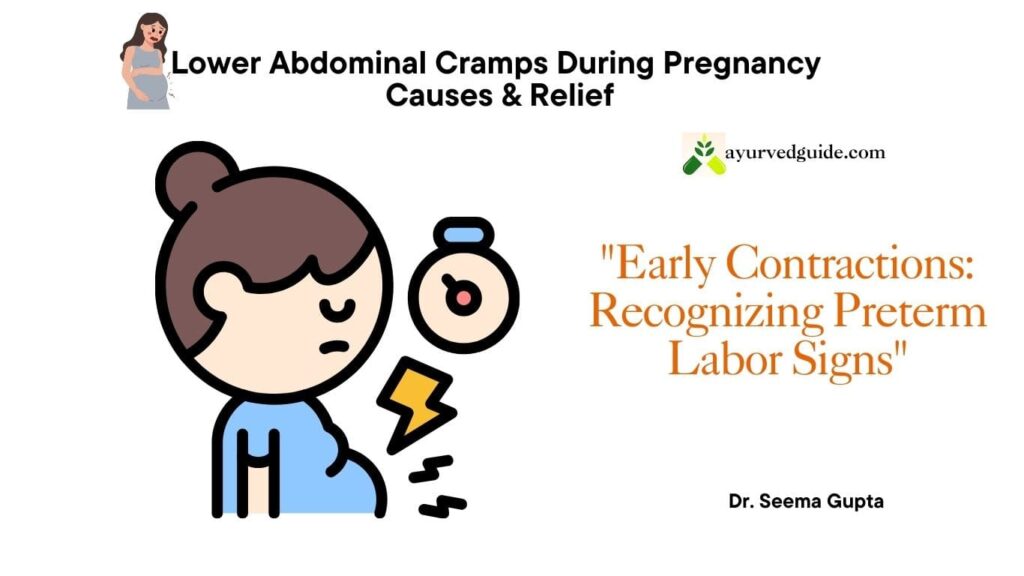
As pregnancy progresses, blood flow to the uterus increases significantly to support the growing fetus. This increased blood flow can sometimes cause mild discomfort or a feeling of pressure in the lower abdomen.
- Blood volume increases by up to 50% during pregnancy
- Uterine blood flow increases from 50 ml/min to 500-750 ml/min at term
- This increased blood flow can cause temporary cramping or discomfort
C. Urinary tract infection (UTI)
Pregnant women are more susceptible to urinary tract infections due to hormonal changes and the pressure of the growing uterus on the bladder. UTIs can cause lower abdominal pain and discomfort.
D. Dehydration
Proper hydration is crucial during pregnancy. Dehydration can lead to various issues, including abdominal cramps. Pregnant women should aim to drink at least 8-10 glasses of water daily to prevent dehydration-related discomfort.
Cramping during the first trimester of pregnancy
Lower abdominal pain during pregnancy 1st trimester,
A. Implantation
Implantation cramping is often one of the earliest signs of pregnancy. This mild discomfort occurs when the fertilized egg attaches itself to the uterine lining, typically 6-12 days after conception. Many women describe it as a light twinge or pulling sensation in the lower abdomen. While not everyone experiences implantation cramping, it’s a common and normal occurrence.
| Characteristic | Implantation Cramping |
|---|---|
| Timing | 6-12 days after conception |
| Duration | A few hours to 2-3 days |
| Intensity | Mild to moderate |
| Location | Lower abdomen or back |
B. Ectopic pregnancy
An ectopic pregnancy occurs when a fertilized egg implants outside the uterus, usually in the fallopian tube. This condition can cause sharp, intense cramping on one side of the lower abdomen. Other symptoms may include:
- Vaginal bleeding
- Shoulder pain
- Dizziness or fainting
Ectopic pregnancies are medical emergencies and require immediate attention. If you suspect an ectopic pregnancy, contact your healthcare provider immediately.
C. Miscarriage – Stomach pain and miscarriage
Unfortunately, cramping can also be a sign of miscarriage during the first trimester. Miscarriage cramps are often more intense than typical pregnancy cramps and may be accompanied by:
- Heavy vaginal bleeding with clots
- Lower back pain
- Passing of tissue through the vagina
It’s important to note that not all cramping indicates a miscarriage. However, if you experience severe cramping along with heavy bleeding, contact your healthcare provider promptly for evaluation and support.
Cramping during the second trimester of pregnancy
Lower abdominal pain during pregnancy 2nd trimester,
Round ligament pain – Lower Abdominal Cramps During Pregnancy
Round ligament pain is a common cause of discomfort during the second trimester of pregnancy. As your uterus grows, the round ligaments supporting it stretch, leading to sharp or dull aches in the lower abdomen or groin area. This pain is typically more noticeable when you change positions quickly or engage in sudden movements.
To manage round ligament pain:
- Move slowly when changing positions
- Support your abdomen with a pregnancy belt
- Practice gentle stretching exercises
- Apply warmth to the affected area
Braxton Hicks contractions
Braxton Hicks contractions, often called “practice contractions,” can begin as early as the second trimester. These are your body’s way of preparing for labor. Unlike true labor contractions, Braxton Hicks are usually:
- Irregular
- Mild to moderate intensity
- Non-progressive
- Eased by changing positions or hydrating
| Characteristic | Braxton Hicks | True Labor Contractions |
|---|---|---|
| Regularity | Irregular | Regular, increasing frequency |
| Intensity | Mild to moderate | Progressively stronger |
| Duration | Short-lived | Longer, consistent duration |
| Location | Lower abdomen | Start in the back, move to the front |
To manage Braxton Hicks’s contractions:
- Stay hydrated
- Empty your bladder regularly
- Change positions or activity levels
- Practice relaxation techniques
While these types of cramping are generally normal during the second trimester, it’s essential to monitor your symptoms closely. If you experience severe pain, regular contractions, or any signs of preterm labor, contact your healthcare provider immediately for guidance and reassurance.
Cramping during the third trimester of pregnancy
Lower abdominal pain during pregnancy third trimester
As you enter the final stretch of your pregnancy, you may experience various types of cramping. While some are normal, others require immediate attention. Let’s explore three significant causes of third-trimester cramping:
A. Placental abruption – Lower Abdominal Cramps During Pregnancy
Placental abruption is a serious condition where the placenta partially or completely separates from the uterine wall before delivery. This can cause severe abdominal pain and cramping, often accompanied by vaginal bleeding.
| Symptoms | Severity | Action Required |
|---|---|---|
| Sudden abdominal pain | Severe | Seek immediate medical attention |
| Vaginal bleeding | Moderate to severe | Go to the hospital immediately |
| Back pain | Moderate | Contact your healthcare provider |
B. Preeclampsia
Preeclampsia is a pregnancy complication characterized by high blood pressure and signs of damage to other organ systems. Abdominal pain, particularly in the upper right quadrant, can be a symptom of preeclampsia.
Key symptoms to watch for:
- Severe headaches
- Vision changes
- Swelling in the face and hands
- Sudden weight gain
C. Labor contractions
As you approach your due date, you may experience Braxton Hicks contractions or true labor contractions. Distinguishing between the two is crucial:
Braxton Hicks contractions:
- Irregular and unpredictable
- Generally painless, though may cause discomfort
- Do not increase in intensity or frequency
True labor contractions:
- Regular and predictable
- Increase in intensity and frequency over time
- May be accompanied by other signs of labor, such as water breaking or bloody show
Regular and predictable
- Increase in intensity and frequency over time
- May be accompanied by other signs of labor, such as water breaking or bloody show
Understanding these types of cramping can help you determine when to relax and when to seek medical attention. Always consult your healthcare provider if you’re unsure about any abdominal pain or cramping during pregnancy.
Stomach pain and miscarriage
Stomach Pain and Miscarriage
Experiencing stomach pain during pregnancy can be distressing, especially when considering the possibility of miscarriage. It’s crucial to understand the relationship between abdominal discomfort and pregnancy loss to alleviate unnecessary anxiety and recognize when to seek medical attention.
Types of Abdominal Pain Associated with Miscarriage
Abdominal pain related to miscarriage typically differs from common pregnancy discomfort. Here are the key characteristics:
- Severe cramping: More intense than typical menstrual cramps
- Persistent pain: Lasting for hours or days
- Localized pain: Often felt in the lower abdomen
- Accompanied by bleeding: Usually heavier than spotting
Distinguishing Miscarriage Pain from Normal Pregnancy Discomfort
It’s important to differentiate between normal pregnancy sensations and potential miscarriage symptoms:
| Normal Pregnancy Discomfort | Potential Miscarriage Pain |
|---|---|
| Mild cramping | Severe, persistent cramping |
| Intermittent discomfort | Constant, intensifying pain |
| No bleeding or light spotting | Heavy bleeding with clots |
| Improves with rest | Doesn’t subside with rest |
When to Seek Medical Attention
Pregnant individuals should contact their healthcare provider immediately if experiencing:
- Severe abdominal pain
- Heavy bleeding (soaking through a pad in less than an hour)
- Passing tissue or clots
- Dizziness or fainting
- Fever or chills
Risk Factors for Miscarriage
Understanding risk factors can help contextualize abdominal pain during pregnancy:
- Advanced maternal age (35+)
- Previous miscarriages
- Chronic conditions (e.g., diabetes, thyroid disorders)
- Certain infections
- Smoking, alcohol, or drug use
- Obesity or underweight
Coping with Anxiety
Abdominal pain during pregnancy can cause significant anxiety. Here are some strategies to manage stress:
- Communicate openly with healthcare providers
- Practice relaxation techniques (e.g., deep breathing, meditation)
- Seek support from partner, family, or support groups
- Stay informed through reliable sources
- Focus on self-care and maintaining a healthy lifestyle
While abdominal pain can be concerning, it’s important to remember that many pregnant individuals experience discomfort without adverse outcomes. However, being aware of the signs that warrant medical attention can ensure prompt care if needed.
Incomplete Abortion – Definition, Causes, Symptoms, Complete vs Incomplete abortion, Treatment
Regular painful contractions/cramps before 37 weeks of pregnancy
Lower Stomach Pain During Pregnancy 3rd Trimester
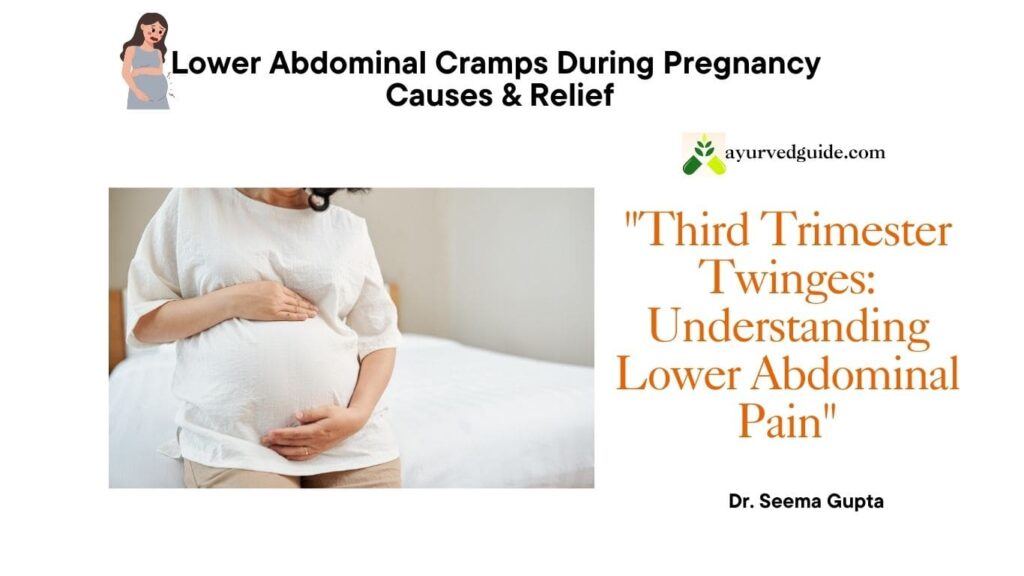
As the pregnancy progresses into the third trimester, lower abdominal discomfort becomes more common. This is often due to the growing uterus and the baby’s increasing size. Some key causes include:
- Braxton Hicks contractions
- Round ligament pain
- Pressure on the pelvis
It’s crucial to distinguish between normal discomfort and signs of preterm labor. If contractions become regular and painful before 37 weeks, consult a healthcare provider immediately.
1 Week Pregnant Stomach Pain
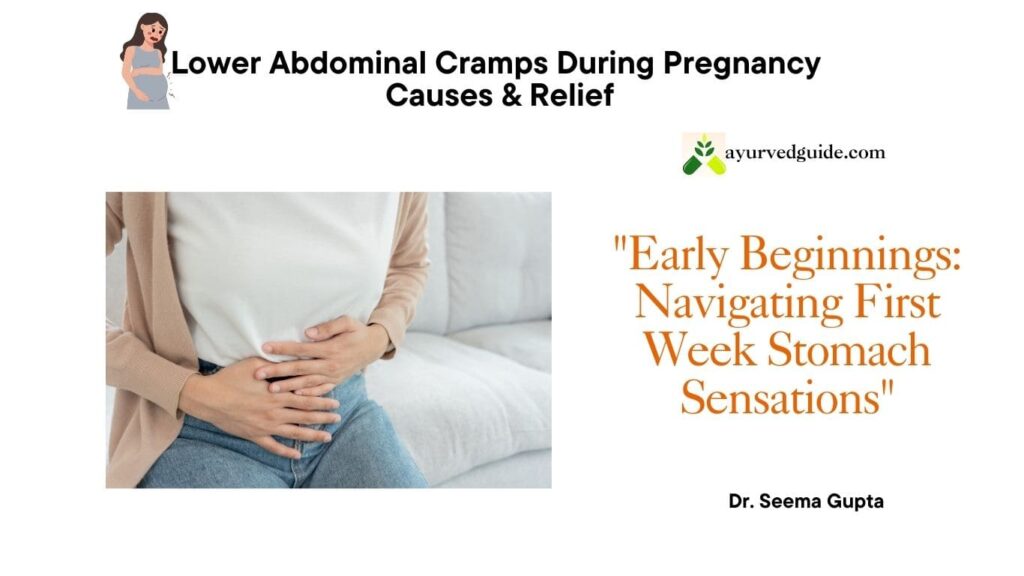
At just one week pregnant, lower abdominal pain is rarely related to the pregnancy itself. Common causes may include:
- Implantation cramps
- Menstrual-like cramps
- Digestive issues
| Symptom | Possible Cause | Action |
|---|---|---|
| Mild cramps | Implantation | Monitor and rest |
| Severe pain | Ectopic pregnancy | Seek medical attention |
| Bloating | Digestive issues | Dietary adjustments |
Stomach Pain During Pregnancy 2nd Trimester
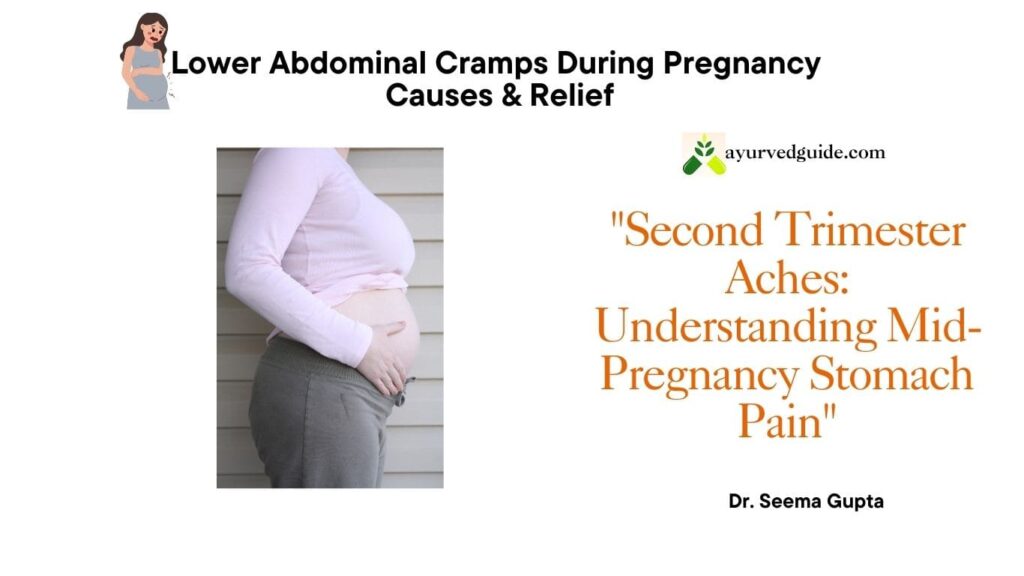
The second trimester often brings relief from early pregnancy symptoms, but some women may still experience abdominal discomfort. Causes can include:
- Round ligament pain
- Constipation
- Gastrointestinal issues
Lower Abdominal Pain in Early Pregnancy 2 Weeks
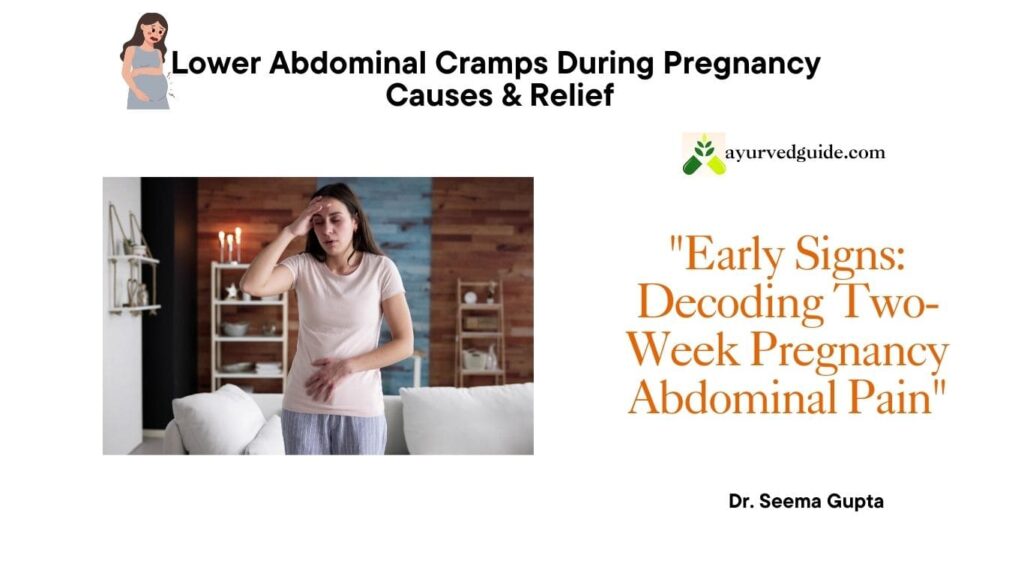
At two weeks, most women are not yet pregnant, as conception typically occurs around week 3. However, some may experience:
- Ovulation pain
- Early pregnancy cramps (if conception has occurred)
- Premenstrual syndrome (PMS) symptoms
Lower Left Abdominal Pain Pregnancy First Trimester
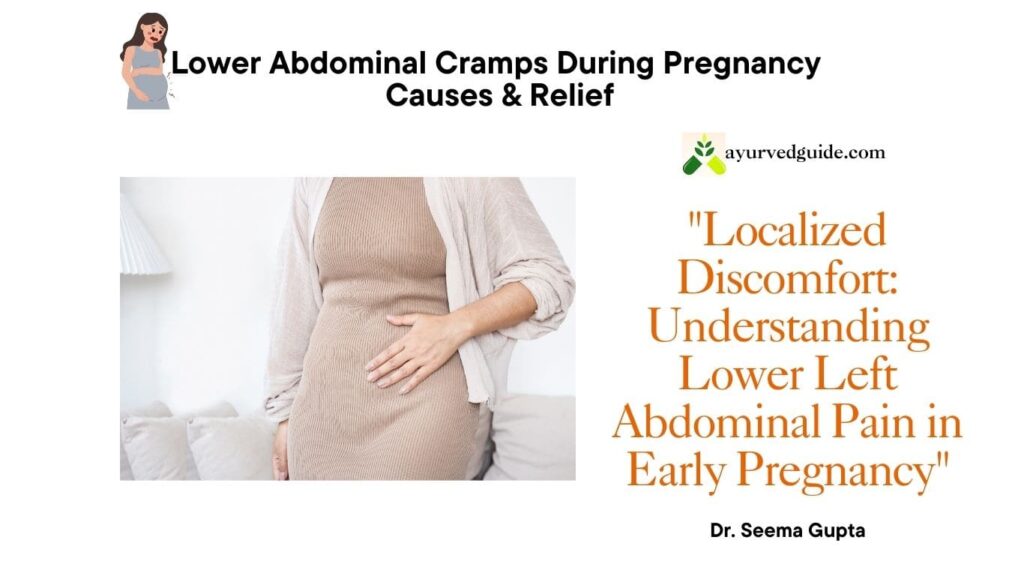
Left-sided abdominal pain during the first trimester can be concerning. Potential causes include:
- Ectopic pregnancy (requires immediate medical attention)
- Corpus luteum cyst
- Gastrointestinal issues
- Normal uterine stretching
Pressure in Lower Abdomen During Pregnancy Third Trimester
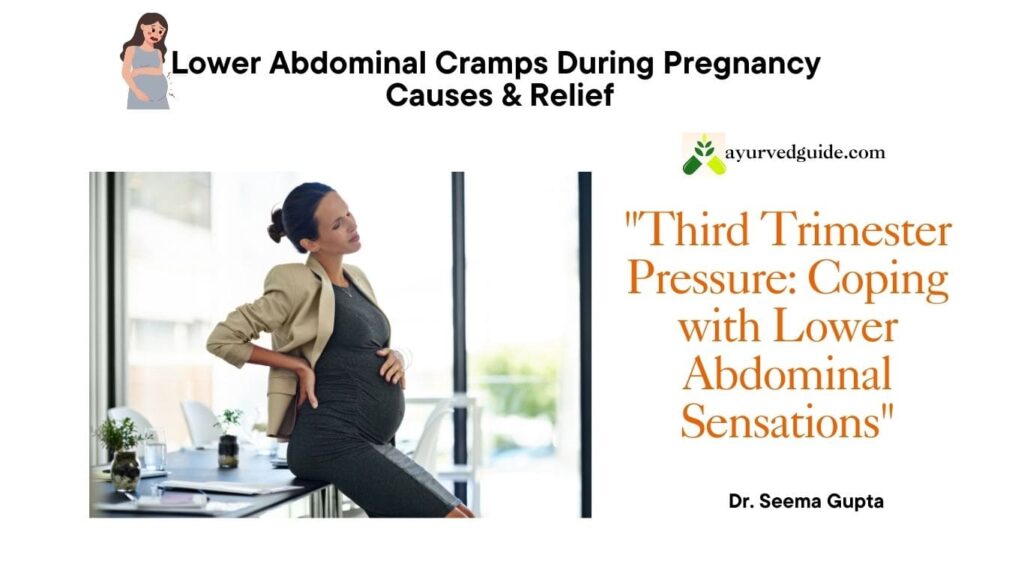
As the baby grows and descends into the pelvis, pressure in the lower abdomen becomes more noticeable. This can be attributed to:
- The baby’s position
- Braxton Hicks contractions
- Pelvic girdle pain
It’s important to note that while some discomfort is normal, severe or persistent pain should always be evaluated by a healthcare provider. Regular painful contractions before 37 weeks could indicate preterm labor and require immediate medical attention.
Throughout pregnancy, maintaining open communication with healthcare providers is crucial. They can help distinguish between normal pregnancy discomforts and potential complications, ensuring the health and safety of both mother and baby.
How to relieve pregnancy cramps – How to Ease
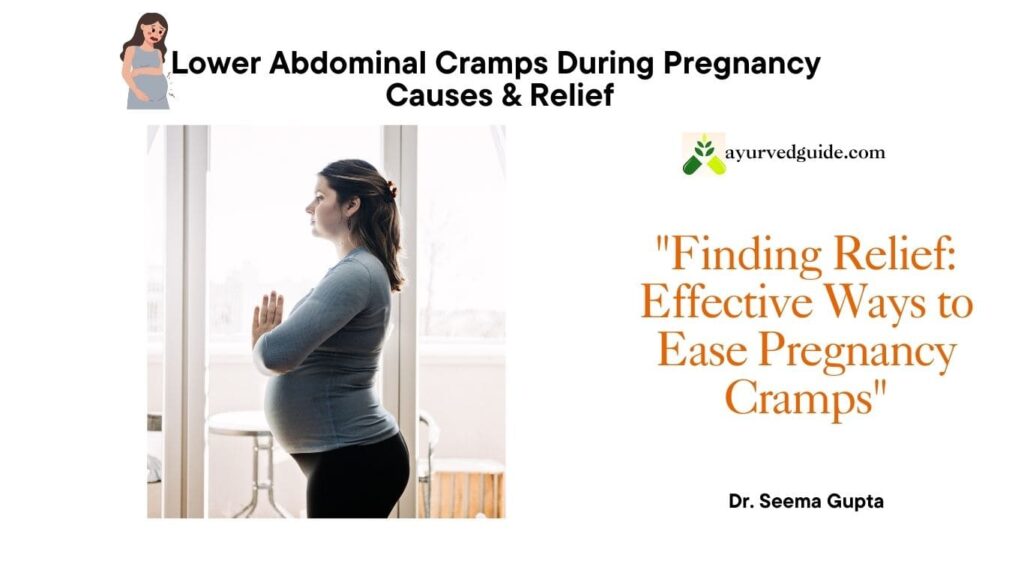
Abdominal Pain During Pregnancy?

Home Remedies for Abdominal Pain
Rest and Relaxation
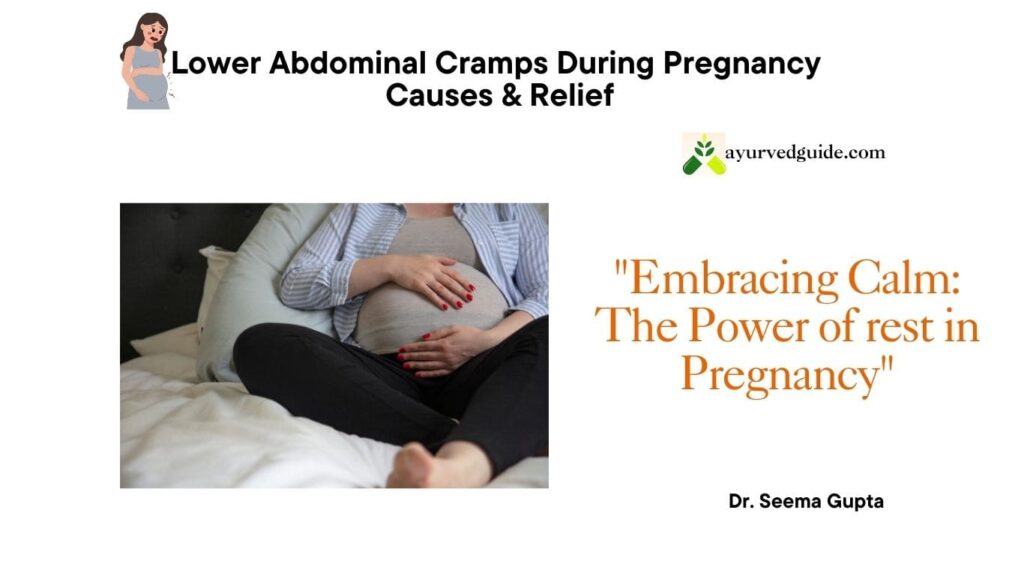
One of the most effective ways to ease abdominal pain during pregnancy is through rest and relaxation. Taking frequent breaks and allowing your body to recuperate can significantly reduce discomfort. Try the following techniques:
- Deep breathing exercises
- Gentle prenatal yoga
- Meditation or mindfulness practices
Heat and Cold Therapy
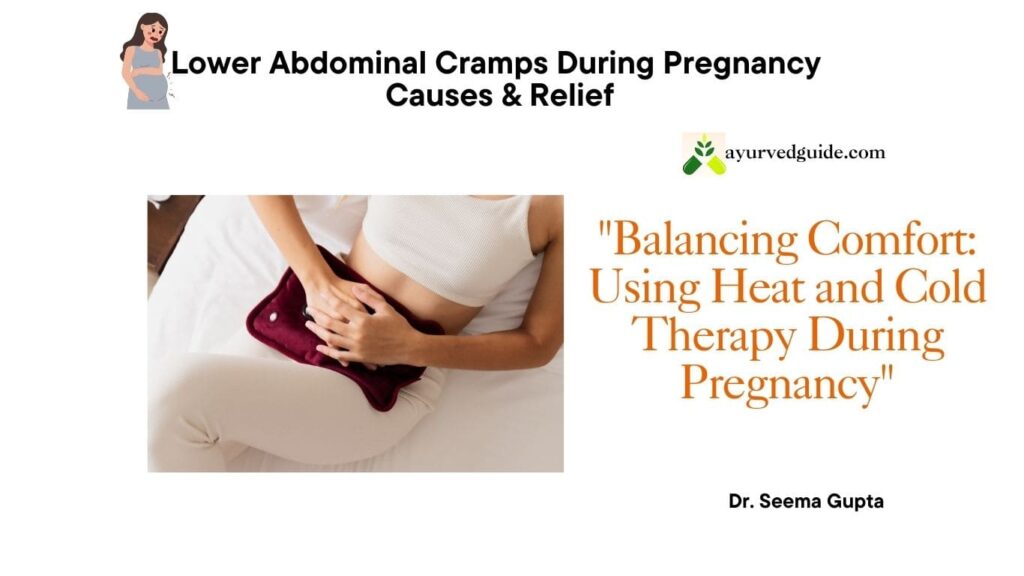
Applying heat or cold can provide quick relief for abdominal pain. Here’s how to use these methods:
- Heat therapy: Use a warm compress or take a warm (not hot) bath
- Cold therapy: Apply an ice pack wrapped in a towel to the affected area
| Therapy Type | Duration | Frequency |
|---|---|---|
| Heat | 15-20 min | 2-3 times/day |
| Cold | 10-15 min | Every 2-3 hours |
Gentle Movement and Exercise
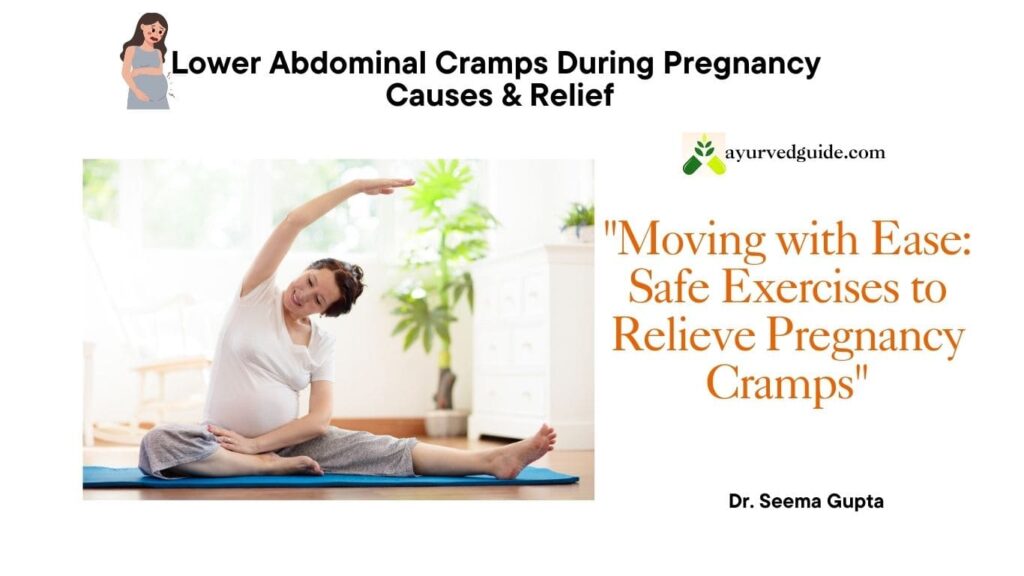
Staying active can help alleviate abdominal pain. Consider these low-impact activities:
- Walking
- Swimming
- Stationary cycling
- Prenatal-specific exercises
Remember to consult your healthcare provider before starting any new exercise routine during pregnancy.
Dietary Adjustments
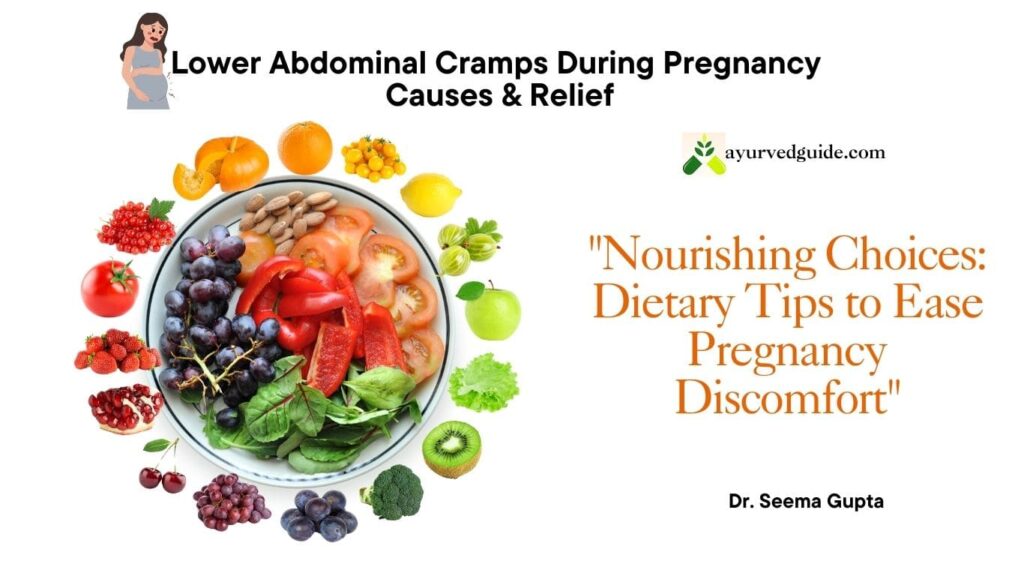
Making changes to your diet can help reduce abdominal discomfort:
- Eat smaller, more frequent meals
- Stay hydrated by drinking plenty of water
- Avoid known trigger foods (e.g., spicy or fatty foods)
- Incorporate fiber-rich foods to prevent constipation
By implementing these strategies, you can effectively manage and ease abdominal pain during pregnancy. However, if pain persists or worsens, it’s crucial to consult your healthcare provider for personalized advice and treatment.
When to call your doctor – When should I get help for stomach pain in pregnancy?
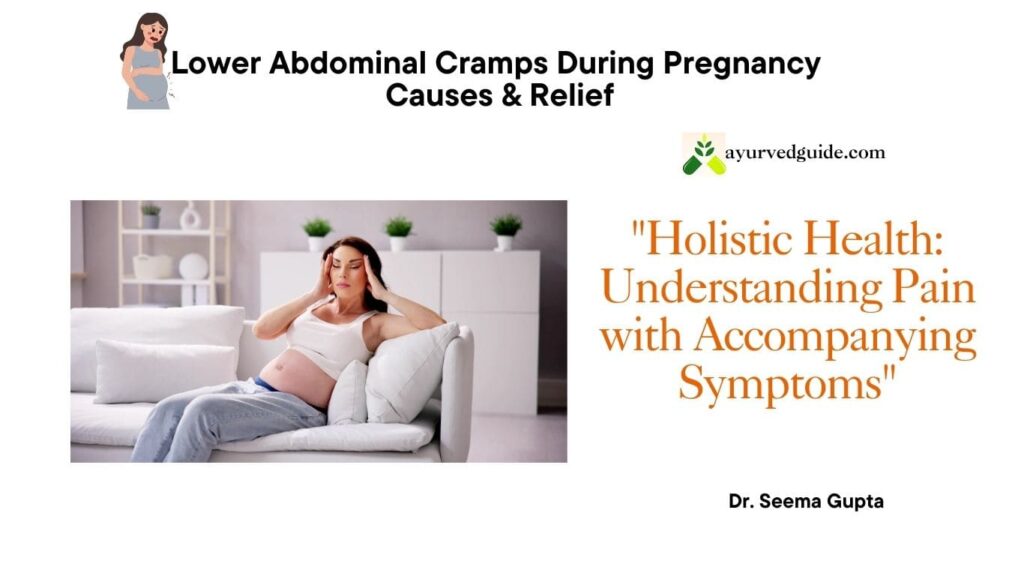
During pregnancy, it’s essential to be vigilant about abdominal pain. While some discomfort is normal, certain symptoms warrant immediate medical attention. Here are key situations when you should contact your healthcare provider:
Severe or persistent pain
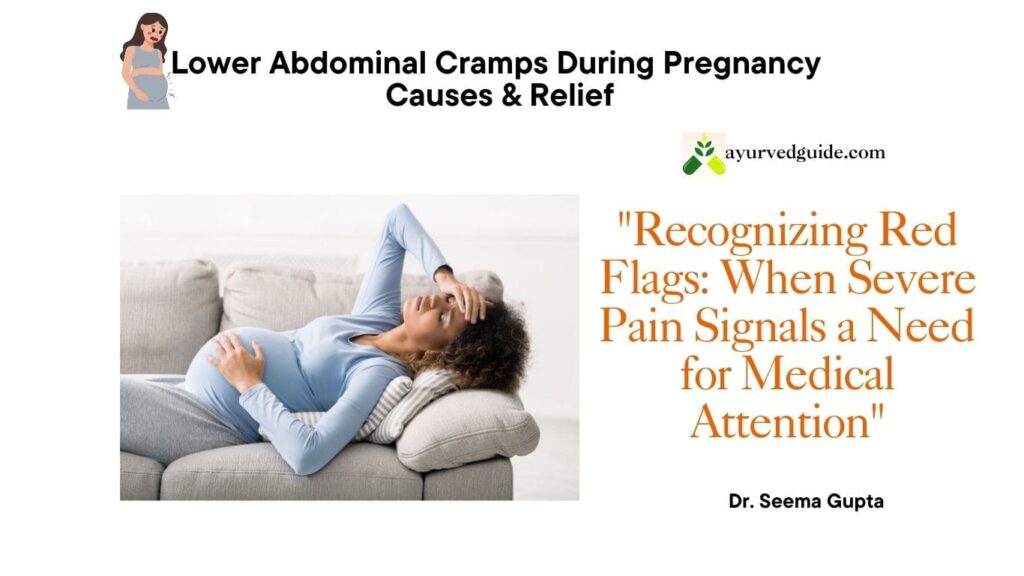
If you experience intense, prolonged abdominal pain that doesn’t subside, it’s crucial to seek medical help. This could indicate serious conditions like:
- Placental abruption
- Preeclampsia
- Ectopic pregnancy (in early stages)
Pain accompanied by other symptoms

Contact your doctor if abdominal pain occurs alongside:
- Vaginal bleeding
- Fever or chills
- Dizziness or fainting
- Severe nausea and vomiting
Contractions before 37 weeks
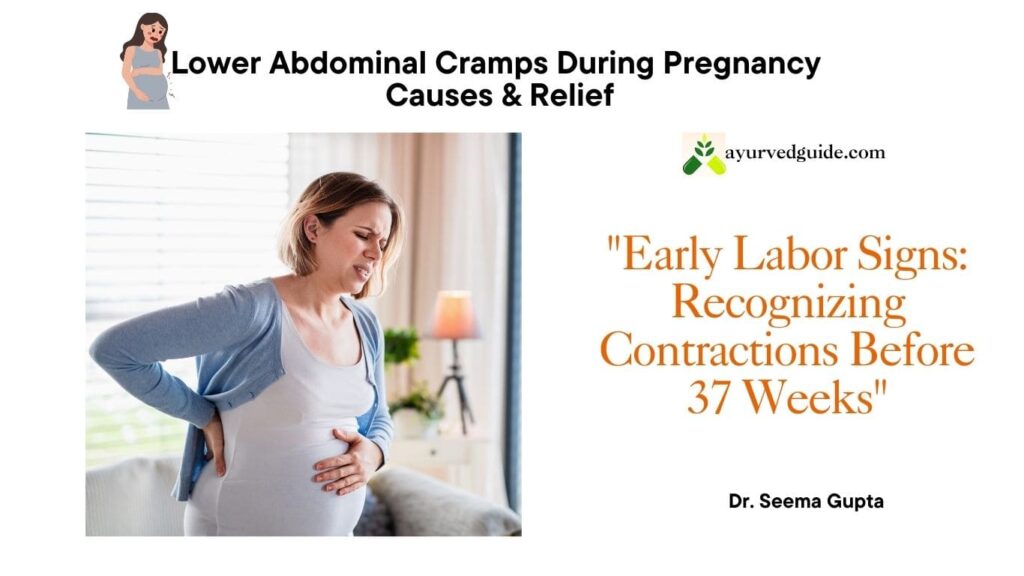
Early contractions could signify preterm labor. Keep track of their frequency and intensity.
| Contraction Frequency | Action |
|---|---|
| Every 10 minutes or less | Call doctor immediately |
| Irregular but painful | Monitor closely, call if worsens |
| Mild and irregular | Normal, but inform doctor at next visit |
Sudden, sharp pains

Abrupt, knife-like pains, especially in the upper abdomen, could indicate:
- Gallbladder issues
- Appendicitis
- HELLP syndrome
Remember, it’s always better to err on the side of caution. Your healthcare provider is there to ensure your and your baby’s well-being throughout your pregnancy journey.
Lower Abdominal Cramps During Pregnancy – Some Common Questions Answered
What’s considered normal cramping during pregnancy?
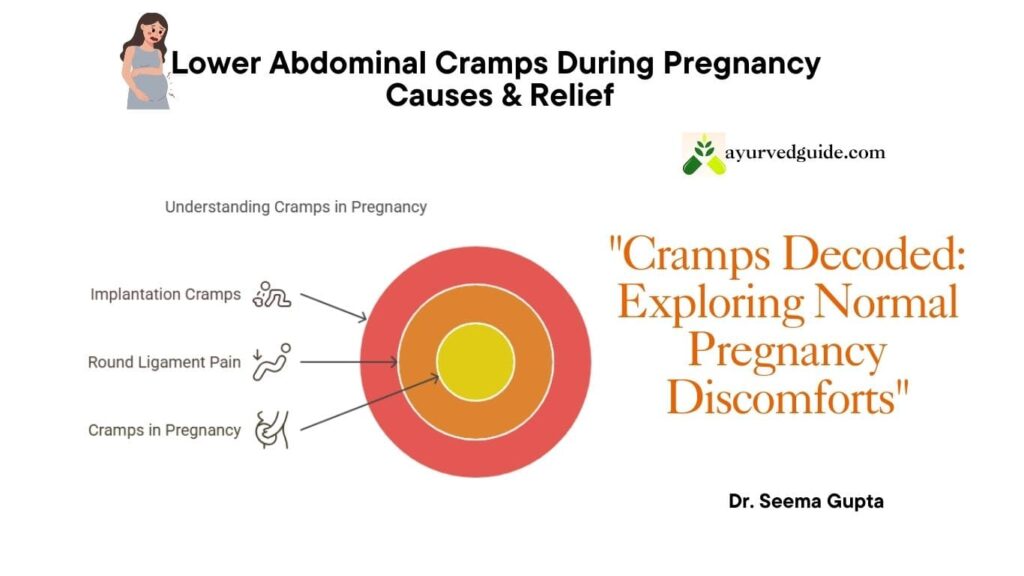
Types of Normal Cramping
During pregnancy, various types of cramping can be considered normal. These include:
- Implantation cramps
- Round ligament pain
- Braxton Hicks contractions
- Gas and bloating
Timing and Duration
The timing and duration of cramps can vary throughout pregnancy:
| Trimester | Common Cramps | Duration |
|---|---|---|
| First | Implantation, mild lower abdominal | Brief, intermittent |
| Second | Round ligament pain | Sharp, short-lived |
| Third | Braxton Hicks, lower abdominal pressure | Irregular, up to 2 minutes |
Distinguishing Normal from Concerning Cramps
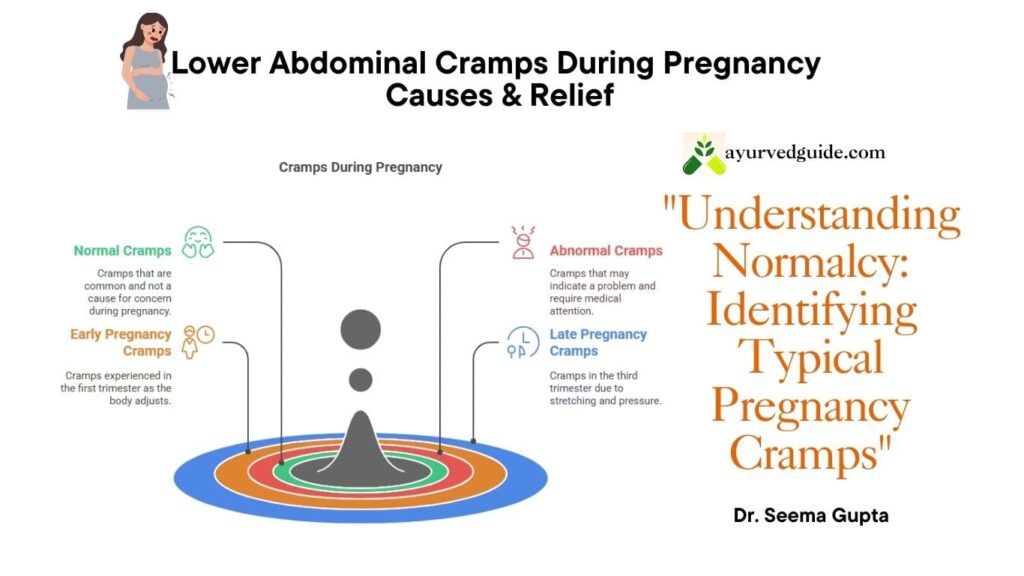
Normal cramps during pregnancy are generally:
- Mild to moderate intensity
- Intermittent rather than constant
- Not accompanied by heavy bleeding
- Relieved by rest or position changes
It’s important to note that while some cramping is normal, severe or persistent pain should be evaluated by a healthcare provider. Lower abdominal cramps during the third trimester may be more frequent as the body prepares for labor. However, if these cramps are accompanied by other symptoms such as regular contractions, water breaking, or bleeding, it could indicate the onset of labor and require immediate medical attention.
What should I do for mild cramping while pregnant?
Rest and Hydration
Mild cramping during pregnancy is often manageable with simple home remedies. Rest is crucial for alleviating discomfort. Take frequent breaks throughout the day and elevate your feet when possible. Staying hydrated is equally important, as dehydration can exacerbate cramping. Aim to drink at least 8-10 glasses of water daily.
Gentle Exercise and Stretching
Light physical activity can help relieve cramping by improving blood circulation. Consider these exercises:
- Walking
- Prenatal yoga
- Swimming
- Pelvic tilts
Always consult your healthcare provider before starting any new exercise routine during pregnancy.
Heat and Cold Therapy
Applying heat or cold can provide relief from mild cramping:
| Therapy | Method | Duration |
|---|---|---|
| Heat | Warm compress or heating pad | 15-20 minutes |
| Cold | An ice pack wrapped in cloth | 10-15 minutes |
Proper Nutrition
A balanced diet can help prevent and alleviate cramping. Focus on:
- Foods rich in magnesium (leafy greens, nuts, seeds)
- Potassium-rich foods (bananas, avocados, sweet potatoes)
- Calcium sources (dairy products, fortified plant-based milk)
Avoid excessive caffeine and processed foods, as they may contribute to dehydration and cramping.
Relaxation Techniques
Stress can exacerbate cramping. Practice relaxation methods such as deep breathing exercises, meditation, or prenatal massage to reduce tension and promote overall well-being during pregnancy.
When should I be concerned about cramping during pregnancy?
Warning Signs of Abnormal Cramping
While some cramping during pregnancy is normal, certain symptoms may indicate a more serious condition. Be alert for:
- Severe or persistent pain
- Cramping accompanied by bleeding
- Pain that doesn’t subside with rest
When to Seek Immediate Medical Attention
Prompt medical care is crucial if you experience:
- Intense, constant abdominal pain
- Cramping with heavy bleeding
- Fever or chills along with cramping
- Dizziness or fainting
Potential Causes of Concerning Cramps
| Trimester | Possible Causes |
|---|---|
| 1st | Ectopic pregnancy, miscarriage |
| 2nd | Placental abruption, preterm labor |
| 3rd | Preterm labor, placental issues |
Distinguishing Normal from Abnormal Cramps
- Normal cramps: Mild, intermittent, often relieved by rest
- Abnormal cramps: Severe, persistent, may worsen over time
Recognizing the difference between normal discomfort and potentially serious issues is crucial for maternal and fetal health. If cramping persists or worsens, especially when accompanied by other symptoms like bleeding or fever, it’s essential to contact your healthcare provider immediately. They can assess the situation and provide appropriate care to ensure the well-being of both mother and baby.
What should I do if I’m concerned about the cramping?
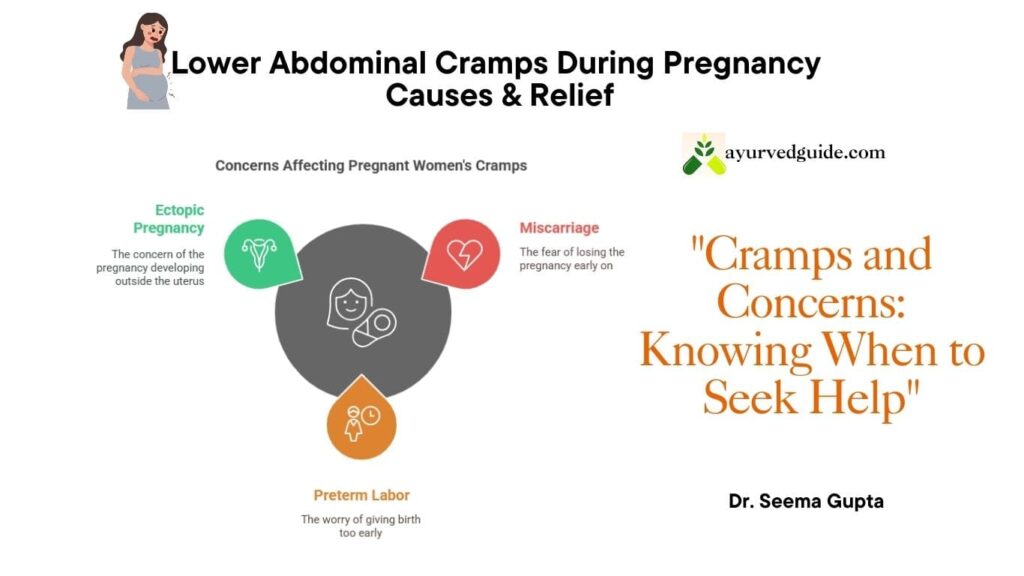
Seek Medical Attention
If you’re concerned about cramping during pregnancy, it’s crucial to seek medical attention promptly. Contact your healthcare provider immediately if you experience:
- Severe or persistent pain
- Cramping accompanied by bleeding
- Contractions before 37 weeks
Your doctor will assess your condition and may perform the following:
- Physical examination
- Ultrasound
- Blood tests
- Urine analysis
Keep a Symptom Journal
Maintaining a detailed record of your symptoms can help your healthcare provider make an accurate diagnosis. Include the following information:
- Frequency and duration of cramps
- Pain intensity (on a scale of 1-10)
- Associated symptoms (e.g., bleeding, discharge)
- Activities or foods that seem to trigger or alleviate the pain
Diagnostic Tests and Procedures
Depending on your symptoms and stage of pregnancy, your doctor may recommend various tests:
| Test | Purpose | When It’s Used |
|---|---|---|
| Ultrasound | Assess fetal health and placental position | Throughout pregnancy |
| Non-stress test | Monitor fetal heart rate and contractions | Third trimester |
| Amniocentesis | Check for infections or genetic abnormalities | Second trimester onwards |
Remember, while some cramping is normal during pregnancy, it’s always better to err on the side of caution. Your healthcare provider is your best resource for addressing concerns and ensuring a healthy pregnancy.
Other Early pregnancy concerns triggering lower abdominal cramps
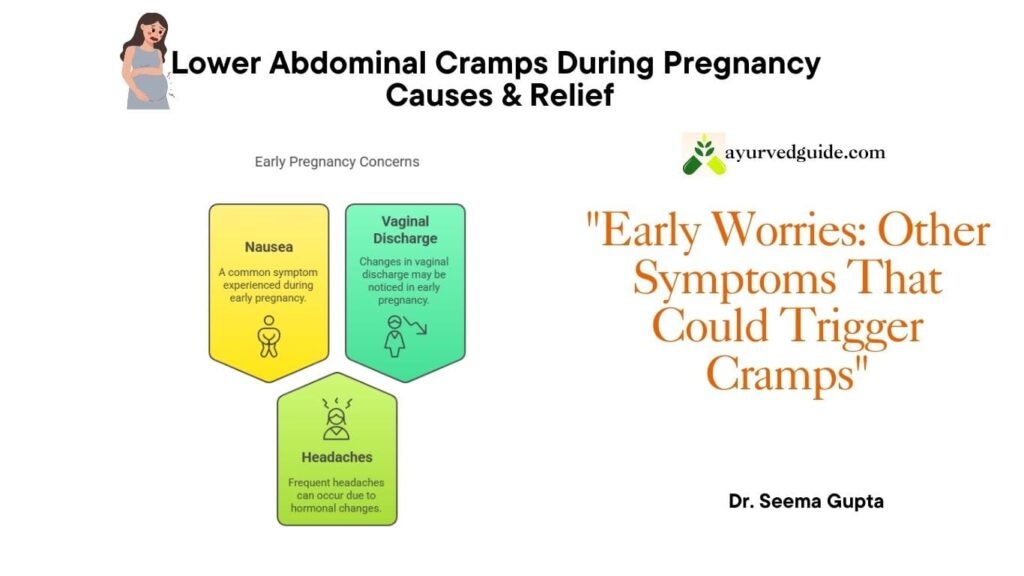
A. Abdominal pain, cramps, stomachache?
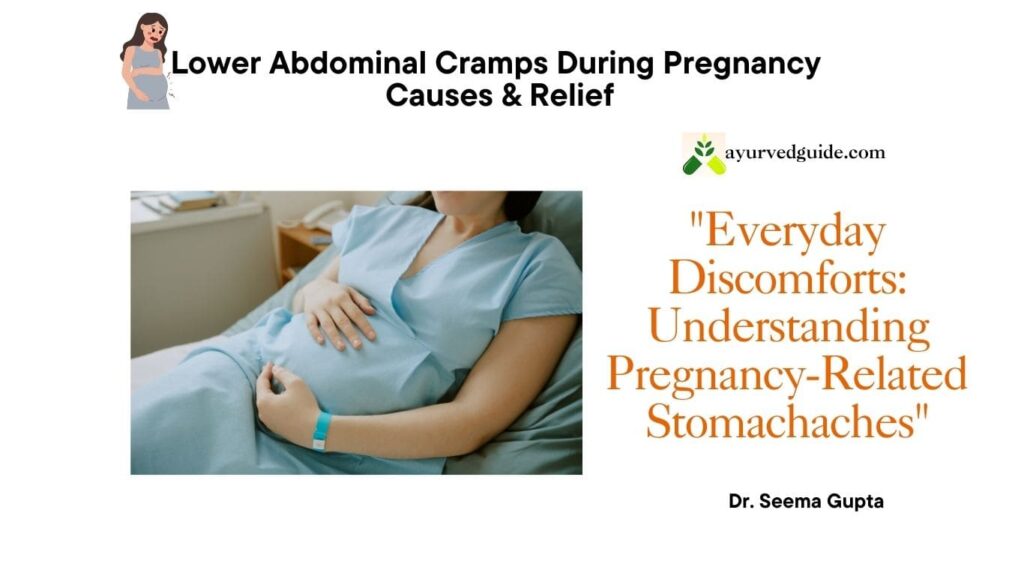
As we have discussed earlier in detail, During early pregnancy, many women experience abdominal discomfort, which can manifest as cramps, pain, or a general stomach ache. These sensations are often normal and can be attributed to various factors related to the physical changes occurring in the body.
Common causes of abdominal pain during early pregnancy include:
- Uterine expansion
- Ligament stretching
- Hormonal changes
- Constipation
- Gas and bloating
It’s important to note that while mild discomfort is common, severe or persistent pain should be evaluated by a healthcare professional. Here’s a breakdown of when to seek medical attention:
| Severity | Symptoms | Action |
|---|---|---|
| Mild | Occasional cramps, dull ache | Monitor and rest |
| Moderate | Persistent discomfort, accompanied by spotting | Consult healthcare provider |
| Severe | Sharp pain, heavy bleeding, fever | Seek immediate medical attention |
B. Bleeding in early pregnancy
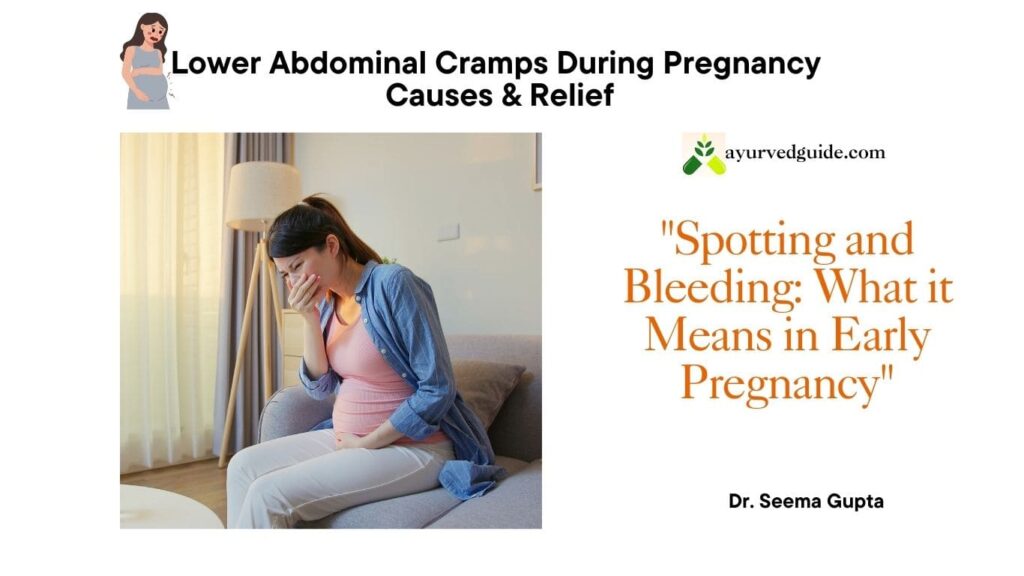
Bleeding during early pregnancy can be alarming, but it doesn’t always indicate a problem. Approximately 20-30% of women experience some form of bleeding in the first trimester. However, it’s crucial to distinguish between normal spotting and more concerning bleeding.
Types of bleeding:
- Implantation bleeding: Light spotting that occurs when the fertilized egg attaches to the uterine lining
- Subchorionic hemorrhage: Bleeding between the uterine wall and the placenta
- Ectopic pregnancy: A potentially life-threatening condition where the embryo implants outside the uterus
- Miscarriage: The loss of pregnancy before 20 weeks
If you experience bleeding during early pregnancy, it’s essential to:
- Note the amount and color of blood
- Use pads instead of tampons
- Avoid sexual intercourse
- Contact your healthcare provider for guidance
C. Stinging when you pass urine
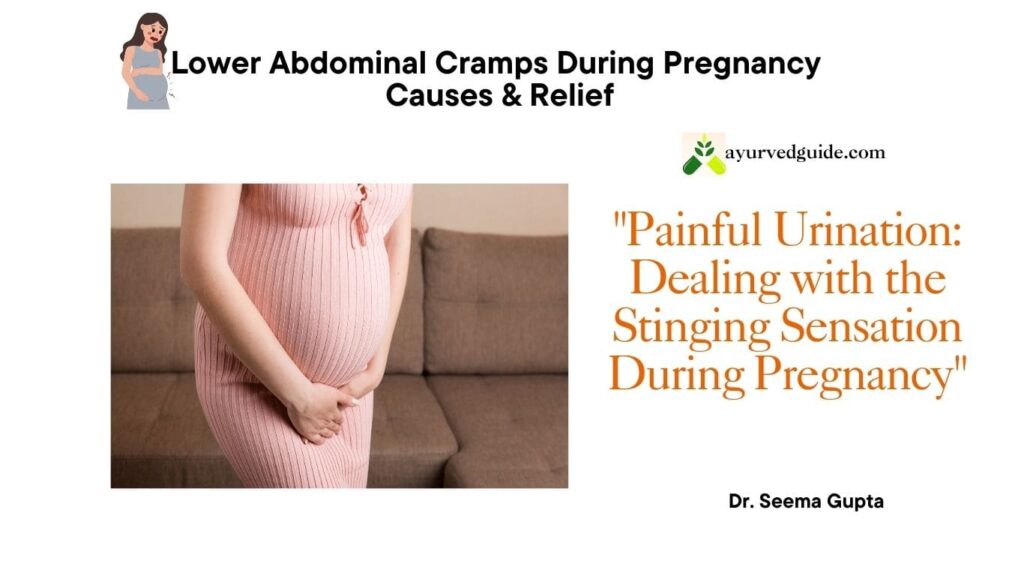
Experiencing a stinging sensation when urinating during early pregnancy can be uncomfortable and concerning. This symptom is often associated with urinary tract infections (UTIs), which are more common during pregnancy due to hormonal and physical changes.
Causes of stinging urination:
- Urinary Tract Infections (UTIs)
- Bladder irritation
- Dehydration
- Hormonal changes
To prevent and manage urinary discomfort:
- Stay well-hydrated
- Urinate frequently and completely
- Practice good hygiene
- Wear breathable, cotton underwear
- Avoid irritating products in the genital area
If symptoms persist or worsen, consult your healthcare provider, as untreated UTIs can lead to complications during pregnancy.
D. Diarrhoea and vomiting
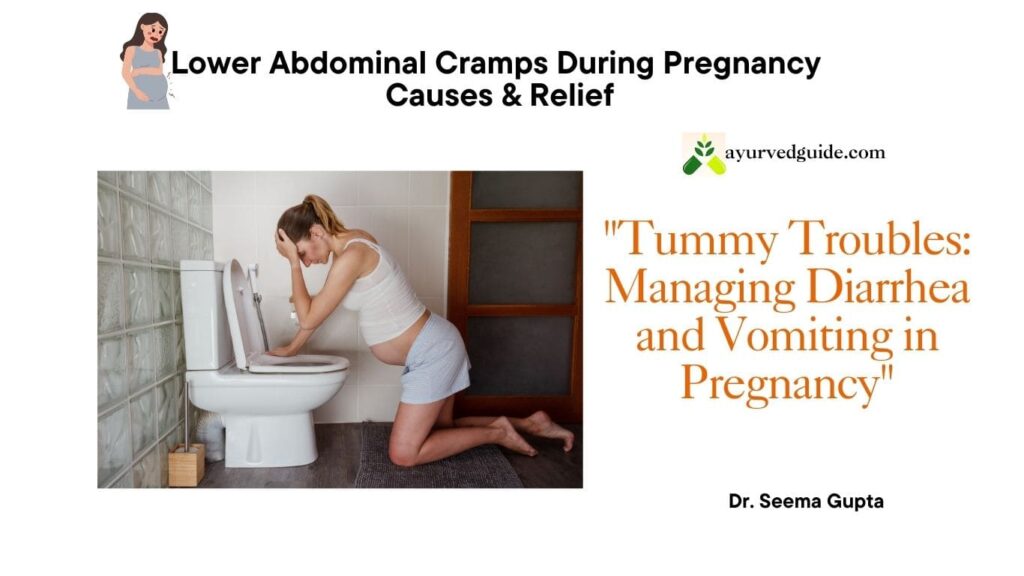
Gastrointestinal issues like diarrhea and vomiting can occur during early pregnancy due to hormonal changes, dietary shifts, and increased sensitivity to certain foods. While occasional bouts are common, persistent or severe symptoms may require medical attention.
Managing diarrhea and vomiting:
- Stay hydrated with clear fluids
- Eat small, frequent meals
- Avoid trigger foods
- Rest and avoid strenuous activities
- Consider over-the-counter remedies approved by your healthcare provider
If symptoms are severe or accompanied by fever, contact your healthcare provider immediately to rule out more serious conditions such as hyperemesis gravidarum or food poisoning.
E. Morning sickness and Hyperemesis gravidarum (HG)
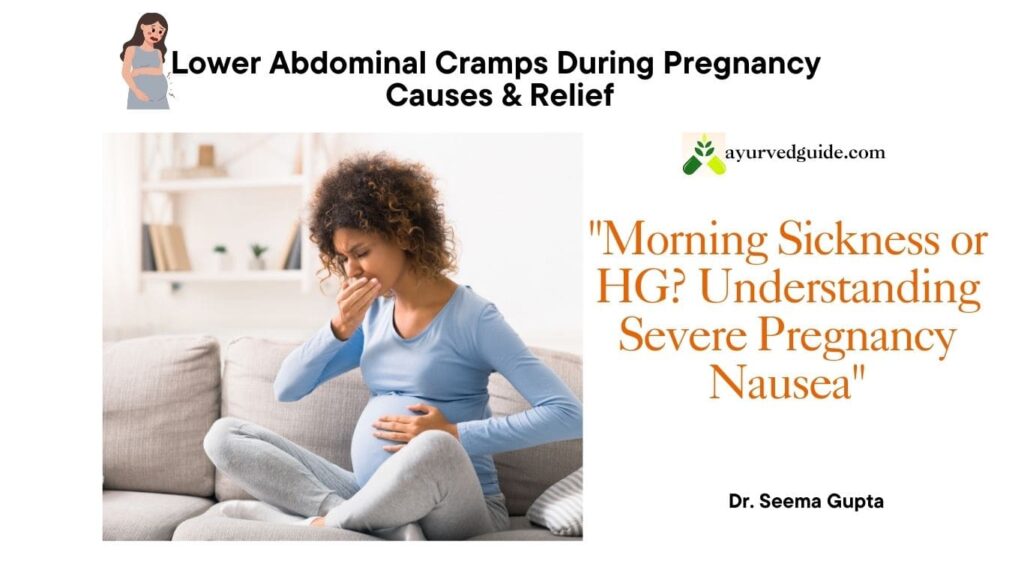
Morning sickness, characterized by nausea and vomiting, affects up to 80% of pregnant women. Despite its name, it can occur at any time of day. While typically manageable, some women experience a severe form called Hyperemesis gravidarum (HG).
Comparison of Morning Sickness and Hyperemesis gravidarum:
| Aspect | Morning Sickness | Hyperemesis gravidarum |
|---|---|---|
| Severity | Mild to moderate | Severe |
| Duration | Usually subsides by 2nd trimester | Can last throughout pregnancy |
| Weight loss | Minimal | >5% of pre-pregnancy weight |
| Dehydration | Rare | Common |
| Treatment | Usually managed at home | Often requires hospitalization |
Management strategies for morning sickness:
- Eat small, frequent meals
- Avoid strong odors and trigger foods
- Stay hydrated
- Try ginger or peppermint for nausea relief
- Consider vitamin B6 supplements (with healthcare provider approval)
For HG, medical intervention is often necessary, including IV fluids, anti-emetic medications, and nutritional support.
F. Headaches in early pregnancy
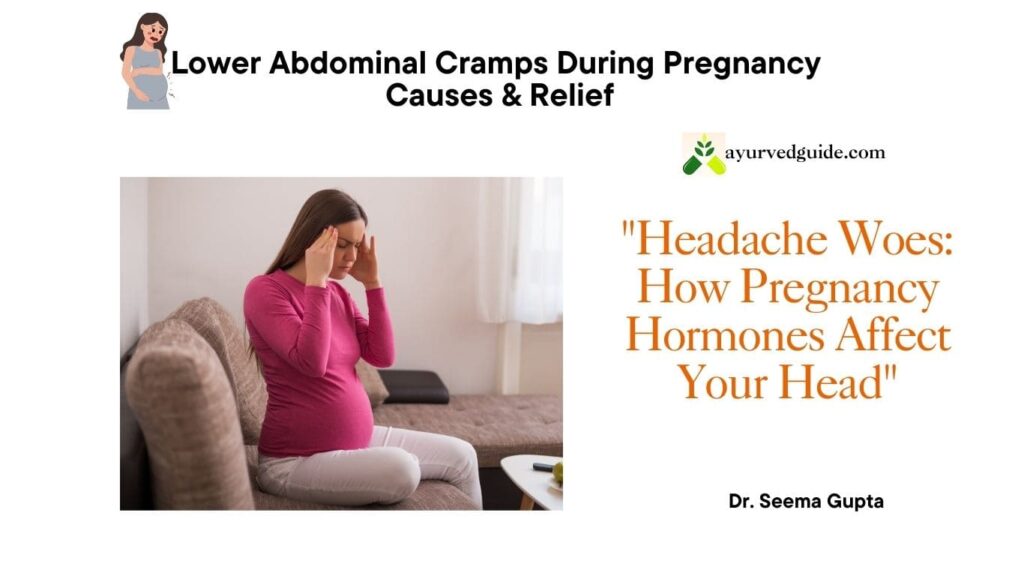
Headaches are common during early pregnancy, affecting up to 39% of pregnant women. They can range from mild tension headaches to more severe migraines and are often triggered by hormonal changes, dehydration, and stress.
Types of pregnancy headaches:
- Tension headaches
- Migraines
- Sinus headaches
- Cluster headaches
To manage pregnancy headaches:
- Ensure adequate hydration
- Practice stress-reduction techniques
- Maintain a consistent sleep schedule
- Consider prenatal massage or acupuncture
- Use cold or warm compresses
While most headaches during pregnancy are harmless, severe or persistent headaches, especially when accompanied by visual disturbances or swelling, may indicate more serious conditions like preeclampsia and should be evaluated by a healthcare provider.
G. Vaginal discharge in pregnancy
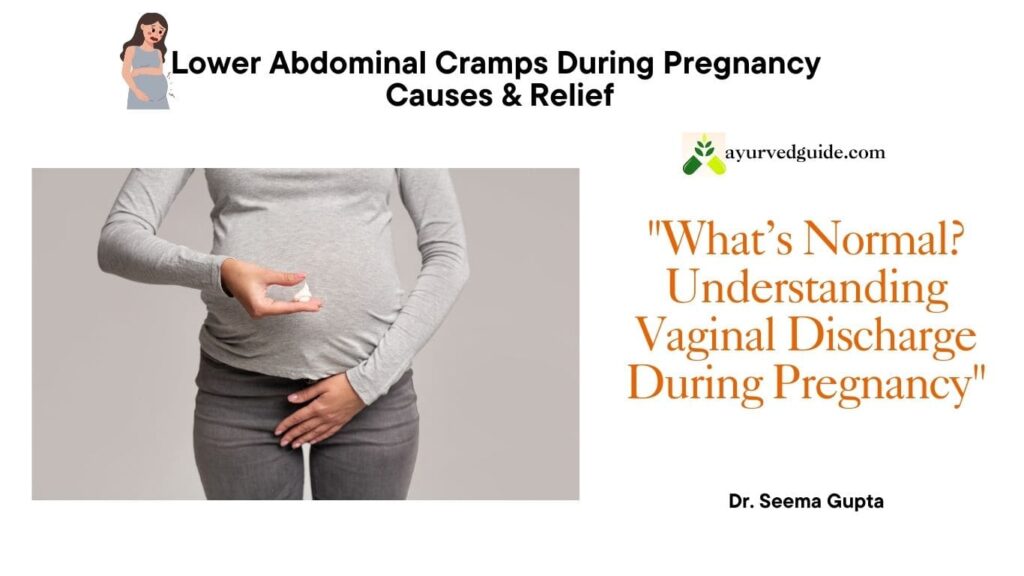
An increase in vaginal discharge is common during pregnancy and is usually nothing to worry about. This discharge, known as leukorrhea, is typically thin, mild-smelling, and clear or milky white. It plays a crucial role in maintaining vaginal health and preventing infections.
Normal vs. Abnormal discharge:
| Normal Discharge | Abnormal Discharge |
|---|---|
| Clear or milky white | Yellow, green, or gray |
| Mild odor | Strong or foul odor |
| Thin consistency | Thick, chunky, or frothy |
| No itching or burning | Accompanied by itching, burning, or redness |
Managing vaginal discharge during pregnancy:
- Wear breathable, cotton underwear
- Avoid douching or using scented products
- Practice good hygiene
- Use panty liners if necessary
- Stay hydrated to maintain natural balance
If you experience abnormal discharge or any concerning symptoms, consult your healthcare provider to rule out infections such as bacterial vaginosis or yeast infections, which require prompt treatment during pregnancy.
It’s important to remember that while these early pregnancy concerns are common, each woman’s experience is unique. Maintaining open communication with your healthcare provider and staying attuned to your body’s signals are crucial steps in ensuring a healthy pregnancy jour
Conclusion
Lower abdominal cramps during pregnancy can vary from common, harmless causes to more serious conditions that may need medical attention. It’s completely normal to feel some mild discomfort as your body gets used to the changes that come with a growing baby, but expectant mothers need to stay alert for any potential warning signs.
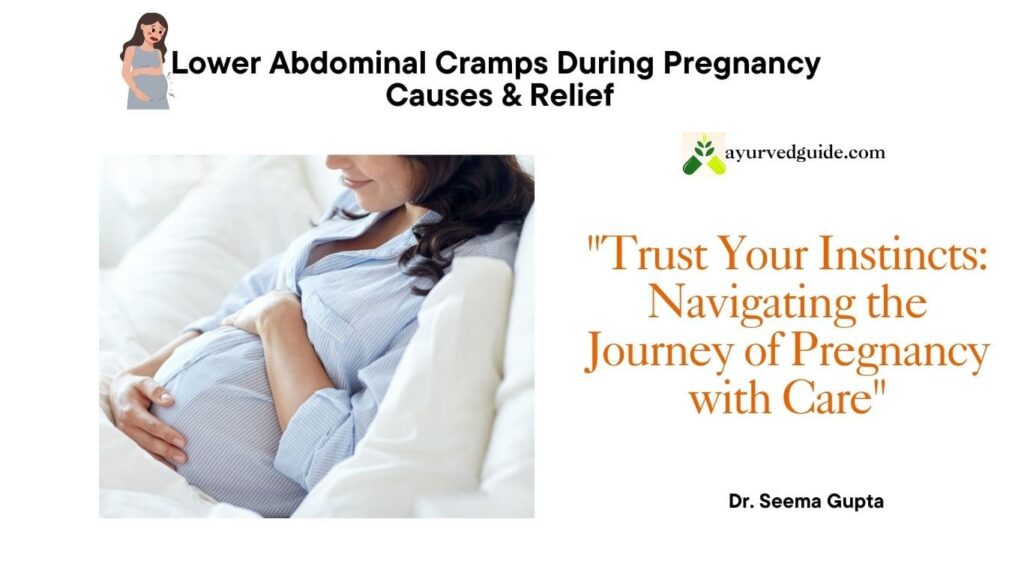
It’s really important to understand the difference between normal pregnancy-related pains and those that could signal complications, like miscarriage or preterm labor, to help keep both mum and baby safe and healthy.
It’s really important for pregnant women who are feeling persistent or severe lower abdominal pain to reach out to their healthcare provider for advice. Finding and addressing any underlying issues early on can really make a positive difference in the outcomes. By staying informed and attentive to their bodies, expectant mothers can manage their pregnancies with more confidence and peace of mind, focusing on the joyful excitement of welcoming their new arrival.
FAQ’s
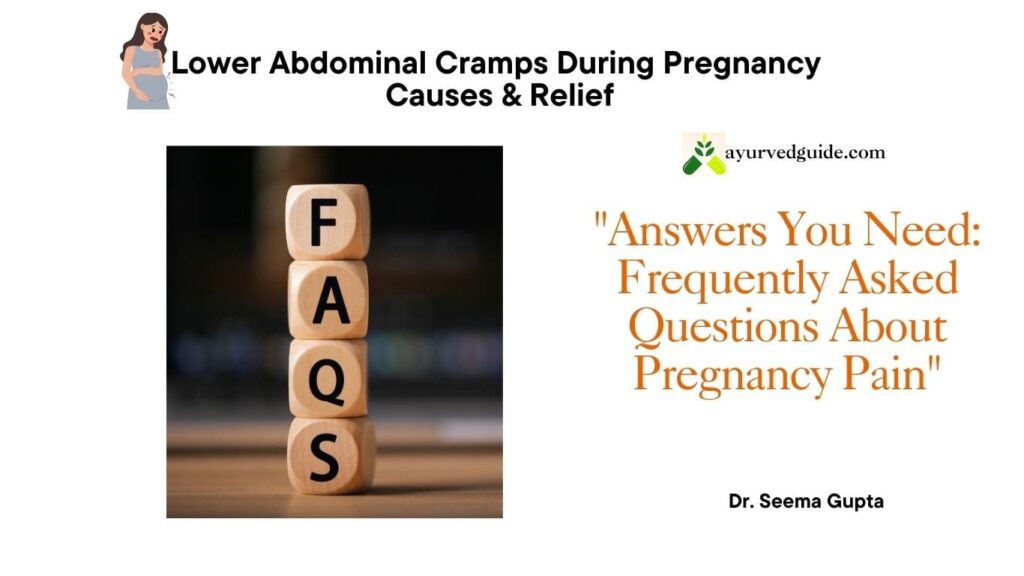
Severe, persistent, or worsening cramps, especially with bleeding, dizziness, fever, or unusual discharge, could indicate a serious issue like miscarriage, ectopic pregnancy, or preterm labor. Always consult a doctor if cramps are intense, one-sided, or accompanied by concerning symptoms.
Lower abdominal pain can result from ligament stretching, gas, constipation, uterus expansion, or hormonal changes. However, conditions like ectopic pregnancy, preterm labor, or placental issues can also cause pain. If it’s persistent or severe, seek medical attention.
Mild period-like cramps are common due to uterine growth and hormonal changes. However, severe or persistent cramps, especially with bleeding, could signal miscarriage or preterm labor. Consult a doctor if unsure.
Resting, staying hydrated, using a warm compress, gentle stretching, and deep breathing can help ease discomfort. Good posture and supportive clothing also provide relief. If pain is severe or persistent, seek medical advice.
Heavy bleeding, severe abdominal pain, sudden swelling, persistent headaches with vision changes, and reduced fetal movement are warning signs. These symptoms may indicate miscarriage, preeclampsia, or other complications, requiring immediate medical attention.
Miscarriage cramps often feel like intense period cramps, starting as a dull ache and progressing to sharp, persistent pain. They may be accompanied by heavy bleeding, clotting, and lower back pain. Seek urgent medical care if experiencing these symptoms.
Common pregnancy pains include round ligament pain (sharp stretching pain in the lower abdomen), Braxton Hicks contractions (mild, irregular contractions), and back pain due to postural changes and weight gain. These are typically normal but should be monitored.
Silent labor may involve mild contractions mistaken for Braxton Hicks, little to no pain, slow cervical dilation without noticeable symptoms, and a general feeling of pressure. Some women only realize they are in labor when they reach advanced stages.
In early pregnancy, the uterus is low in the pelvis and not easily felt. Around 12 weeks, it may be palpable above the pubic bone. However, a pregnancy test and medical confirmation are the most reliable methods.
Pregnancy cramps can occur in the lower abdomen, pelvic area, or lower back. Round ligament pain is common on the sides of the abdomen, while uterine expansion can cause central cramping.
No symptoms guarantee pregnancy in the first week. However, early signs include missed periods, implantation bleeding, fatigue, nausea, breast tenderness, and frequent urination. A pregnancy test and medical confirmation are required for certainty.
Staying hydrated, gentle stretching, warm baths, proper posture, and light exercise can help. Resting and avoiding sudden movements also reduce discomfort. If cramps persist or worsen, consult a doctor.
Yes, a baby’s position can cause pressure on nerves, ligaments, or organs, leading to discomfort. Changing positions, stretching, and using pillows for support can help alleviate pain.
Lying down, using a warm compress, deep breathing, and drinking warm fluids can provide quick relief. If pain persists, seek medical evaluation.
Avoid slouching, crossing legs for long periods, or sitting in a position that strains the lower back. Use proper support and maintain good posture.
Abdominal pain can start early in pregnancy due to implantation, hormonal changes, and uterine expansion. It may persist throughout pregnancy as the body adjusts.
Lying on the left side with a pillow between the knees can reduce pressure and improve blood flow, helping ease lower abdominal pain.
Gas pain can be felt anywhere in the abdomen, often moving around. It may cause sharp, bloated discomfort in the lower belly.
Lower abdominal pain occurs due to uterine growth, round ligament stretching, gas, or constipation. However, persistent pain should be evaluated by a doctor.
Drinking warm water, using a heating pad, light exercise, and deep breathing can help ease abdominal pain naturally.
Yes, walking improves digestion, reduces bloating, and enhances circulation, helping to ease lower abdominal pain. However, rest if the pain worsens.
Gas pain is typically sharp, moves around, and is relieved by burping or passing gas. Unlike cramping, it’s not continuous or rhythmic.
Drinking warm water, and herbal teas, walking, and massaging the abdomen can help release trapped gas. Avoid gas-producing foods.
Causes include menstrual cramps, ovulation pain, digestive issues, infections, or pregnancy-related changes. Seek medical advice for severe pain.
Yes, abdominal pain is common due to uterine expansion, hormonal shifts, and digestive changes. However, persistent or severe pain requires medical attention.
Causes include implantation cramps, round ligament pain, gas, constipation, and hormonal changes. More serious causes include ectopic pregnancy or miscarriage.
Lower abdominal pain alone isn’t a definitive pregnancy sign. Take a test and consult a doctor for confirmation.
Right-side pain can result from round ligament stretching, gas, or the baby’s position. However, persistent or sharp pain should be checked by a doctor.
Dr. Seema Gupta, BAMS, MD (Naturopathy) is an Ex-House Physician in Gynecology and Obstetrics who is Advanced Certified in Diet and Nutrition. with over 27 years of experience in Women’s Health, Ayurveda, Naturopathy, and Diet, she has empowered 70,000+ patients to achieve natural healing. Her expertise in Gynecology and Obstetrics ensures personalized, science-backed advice.
